Days 1 and 2
Gathering in the hotel foyer with our luggage, we met up with Kate from Special Group Tours and sorted ourselves out into buses and guides. Kate had five tours leaving that morning – all heading for different destinations and occasionally crossing over at some of the larger gardens. With the exception of the Boston Gardening Club, we were all in groups of 12 or less, each with a driver/guide.
Our group numbered twelve – six Americans, five Australians and one Canadian and soon fell into three groups – four Americans from St. Louis, the commonwealth contingent and an American couple who were so difficult everyone gave up trying. Our guide was Tom, an affable Brit who now lives in America but does these mid year tours in Britain to catch up with his family.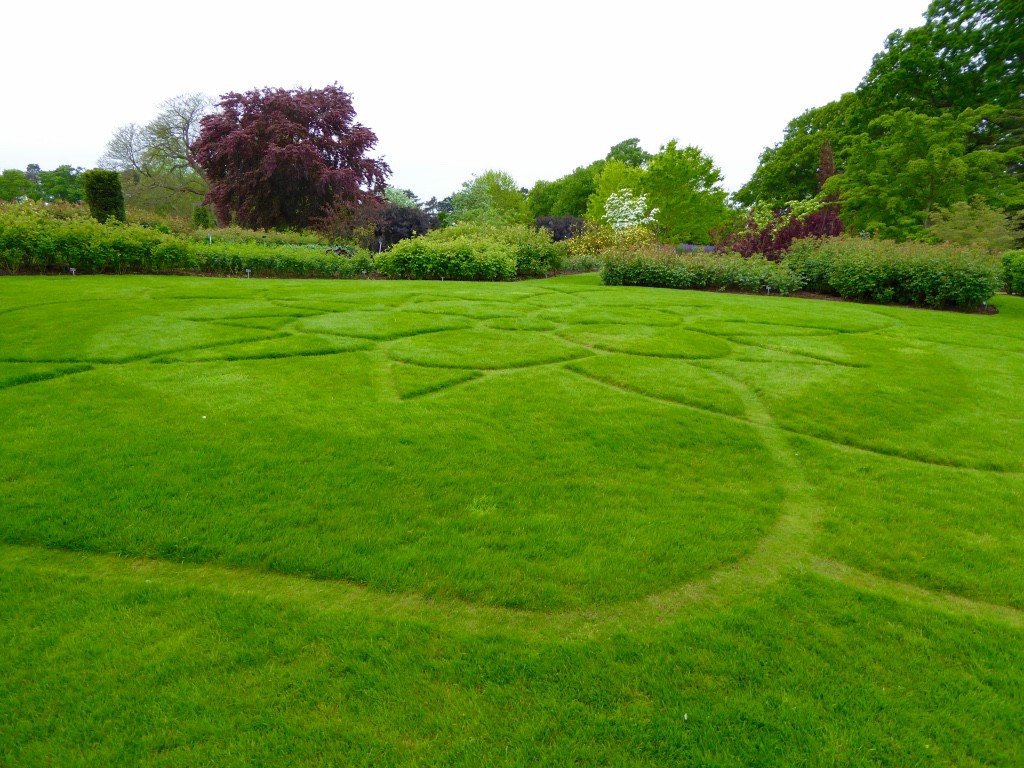
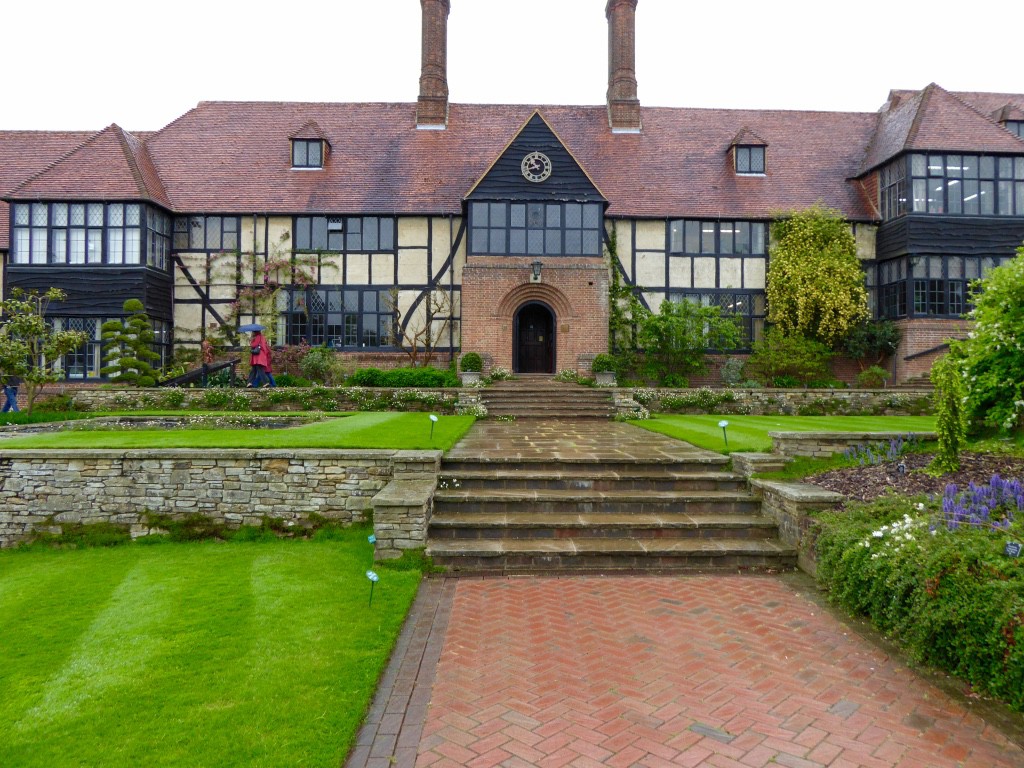
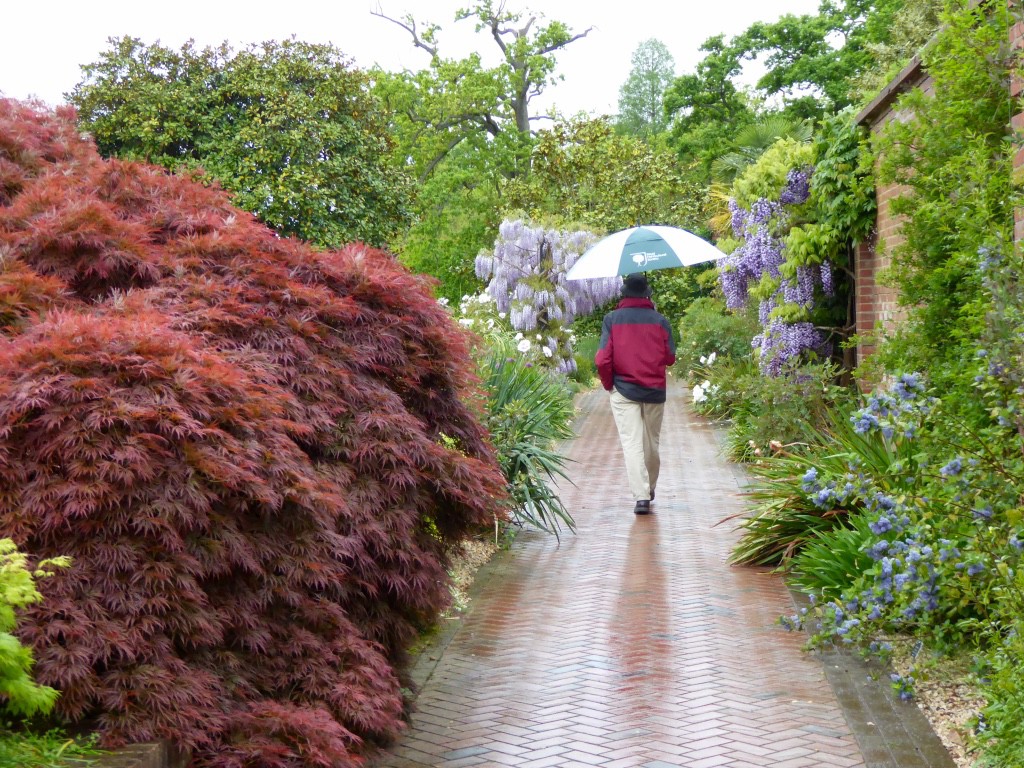
First garden to visit was the fabulous RHS Wisely. Our first purchase was two large umbrellas as the weather had chosen today to end it’s dry spell, starting with showers and degenerating into steady rain. Despite this we loved our visit to Wisely. So many different areas, beautifully set out and well labeled so we could take note of the plants we liked. Stunning long vistas divided the wild garden from the shrubbery with garden rooms in the middle including the rose garden and the lavender garden. The huge glass conservatory in the middle of the lake housed tropical and semi tropical plants and an area was set aside for a series of display gardens demonstrating different uses of plants and natural materials.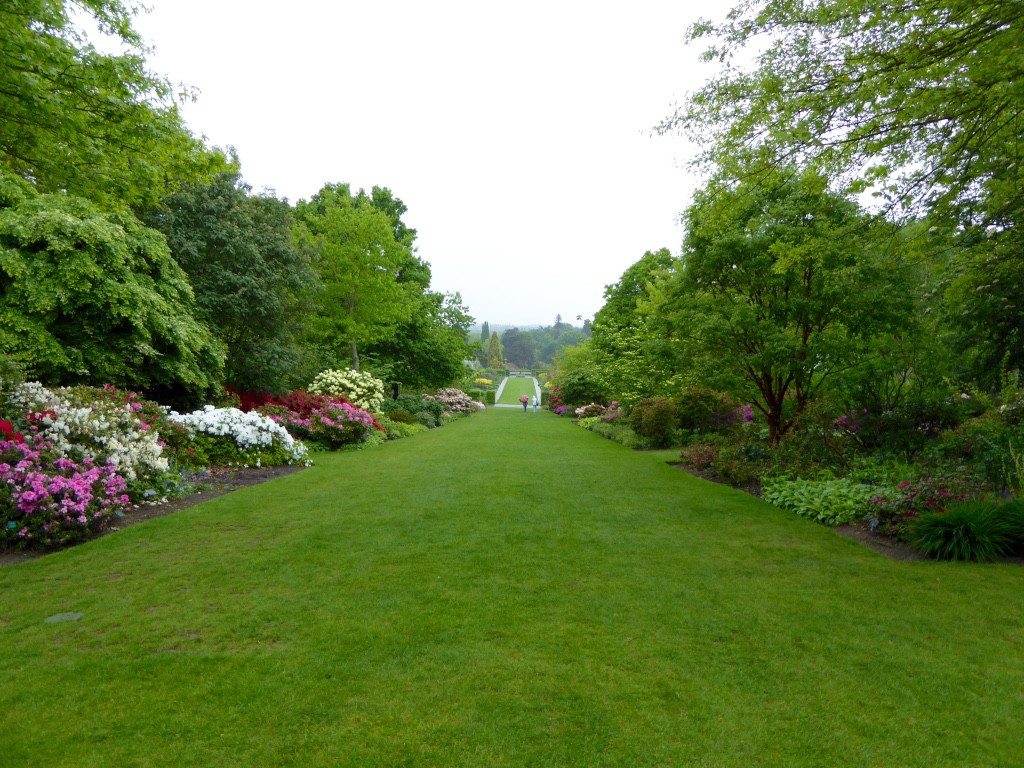
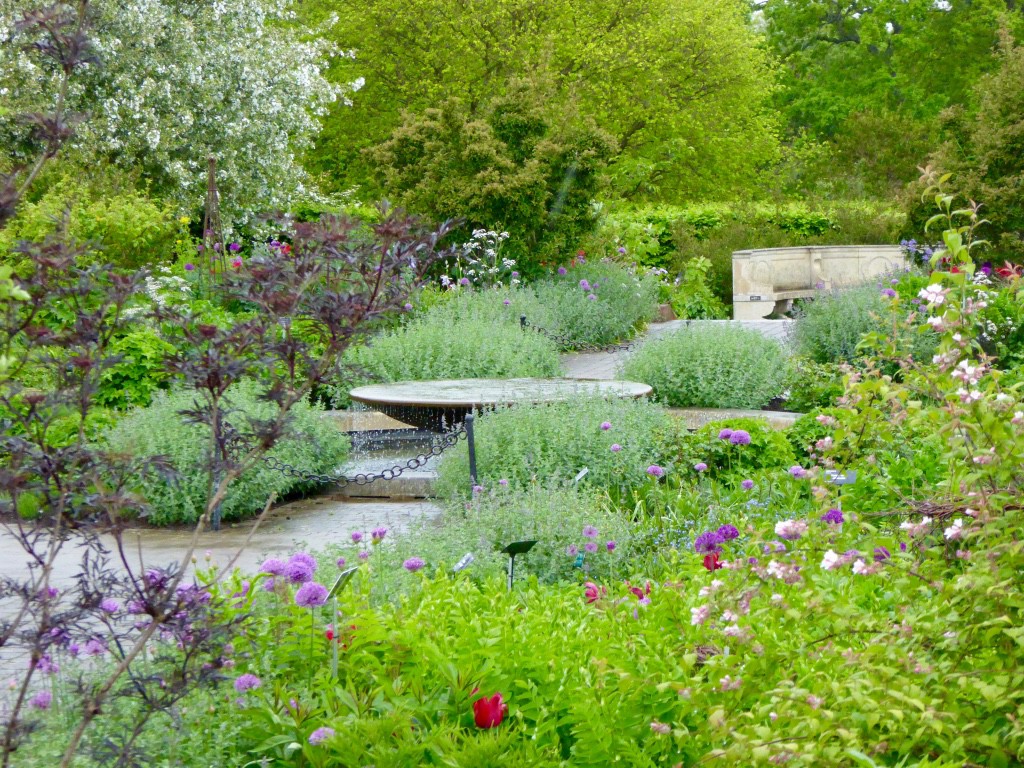
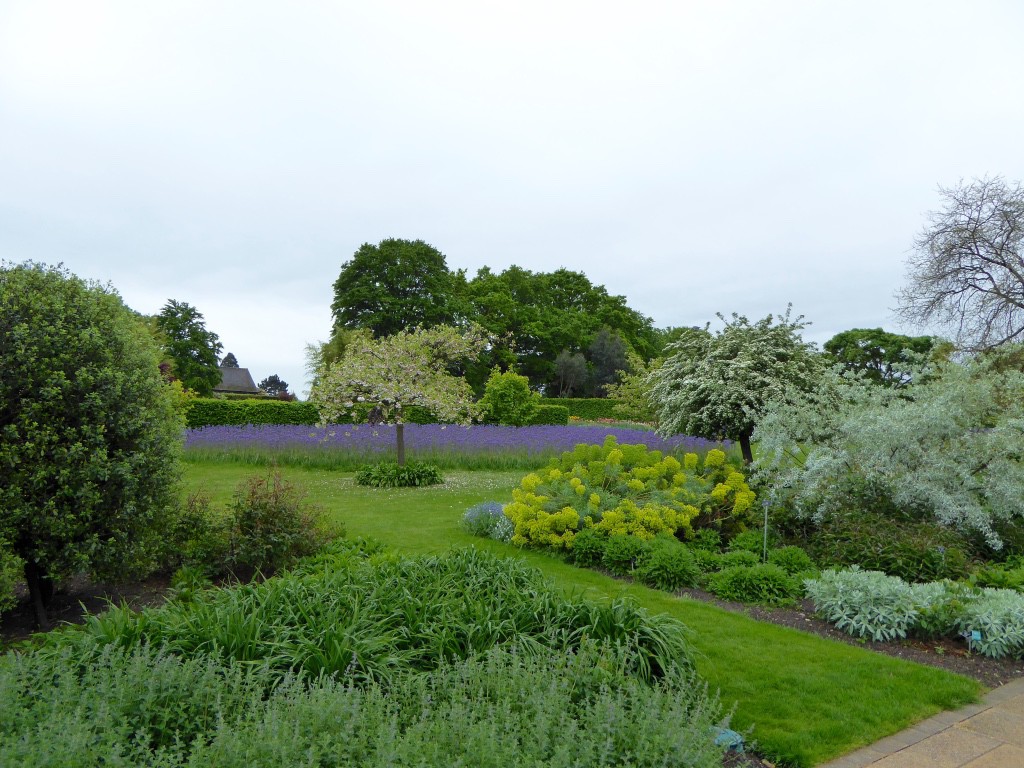
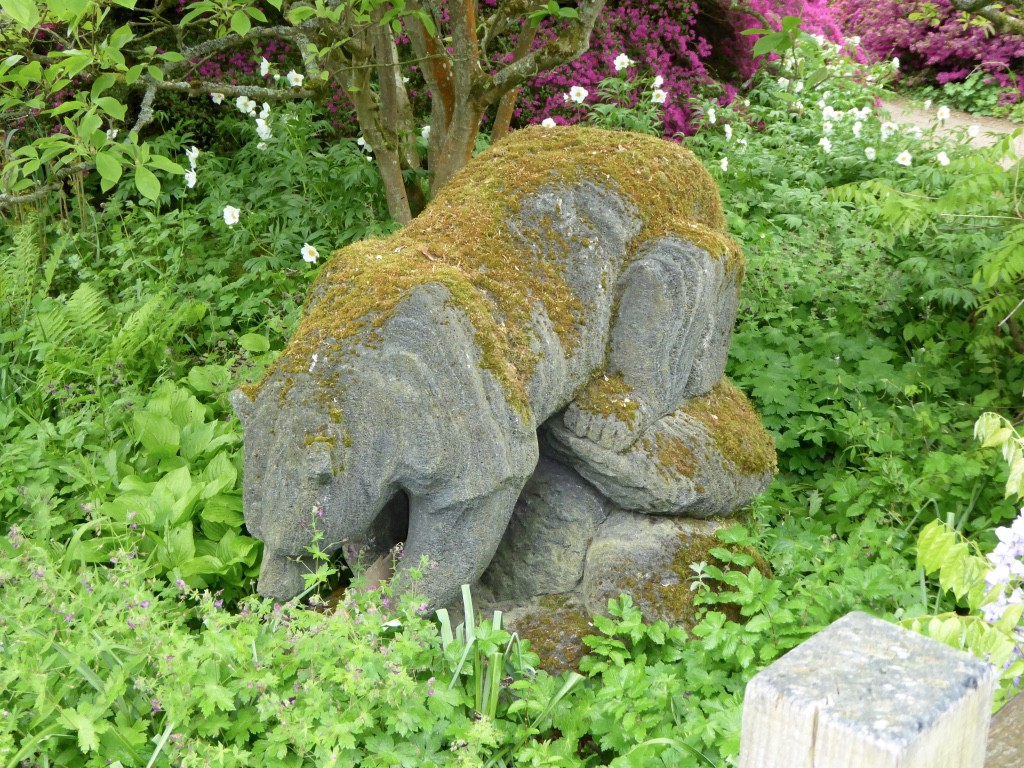

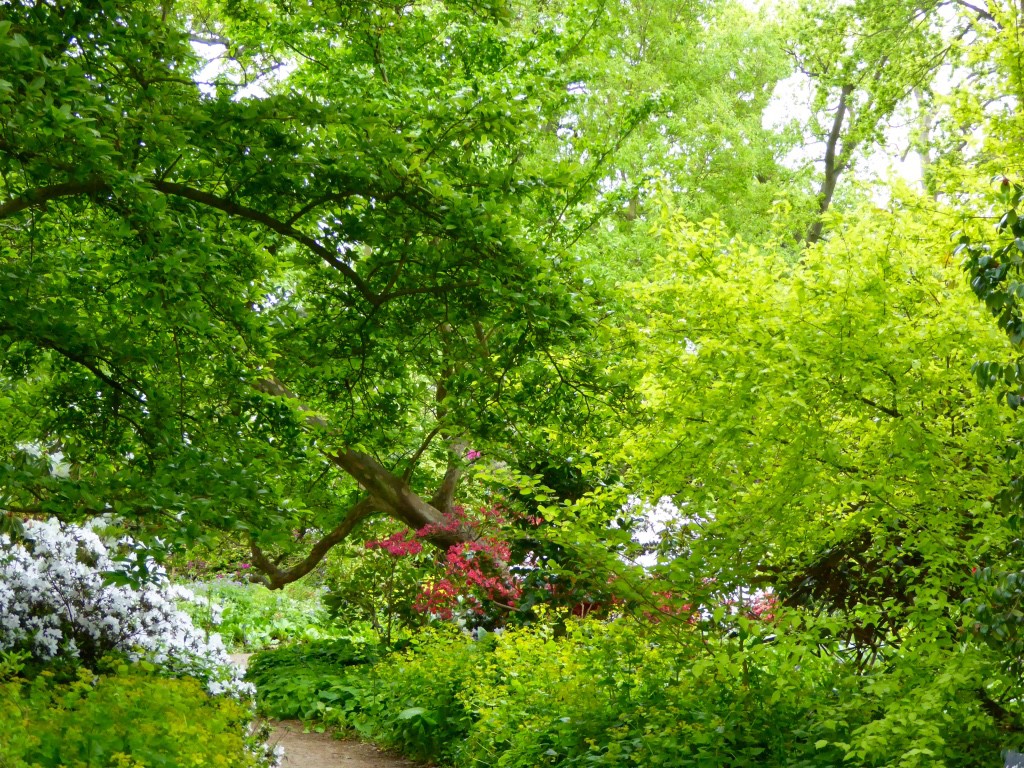
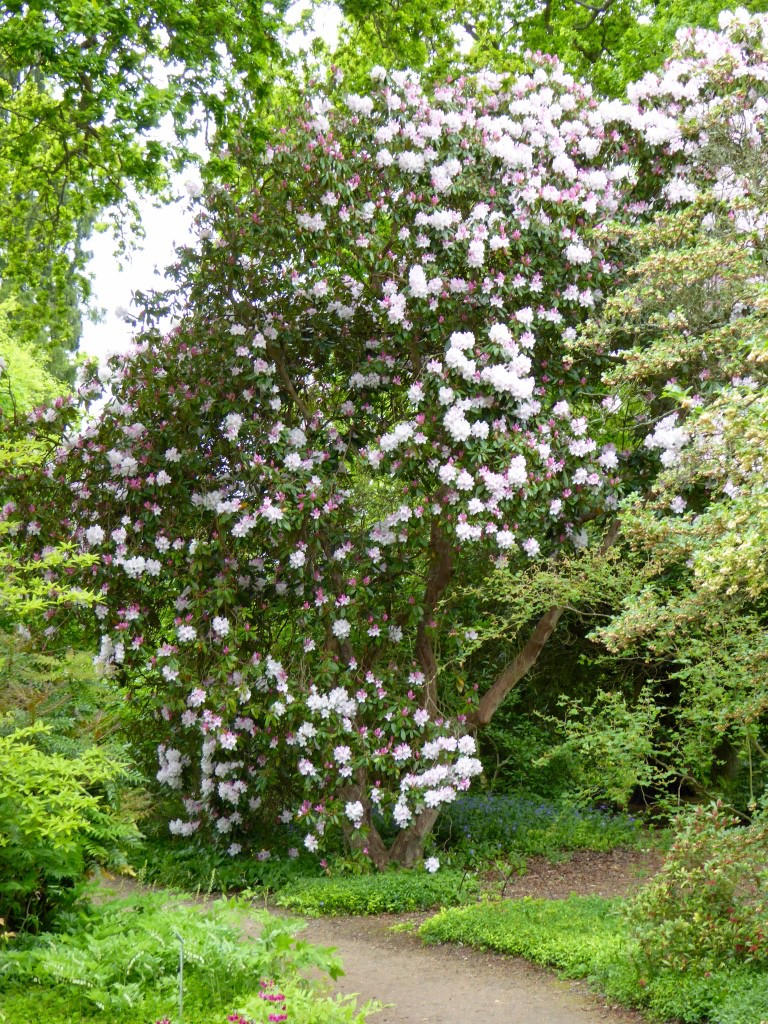
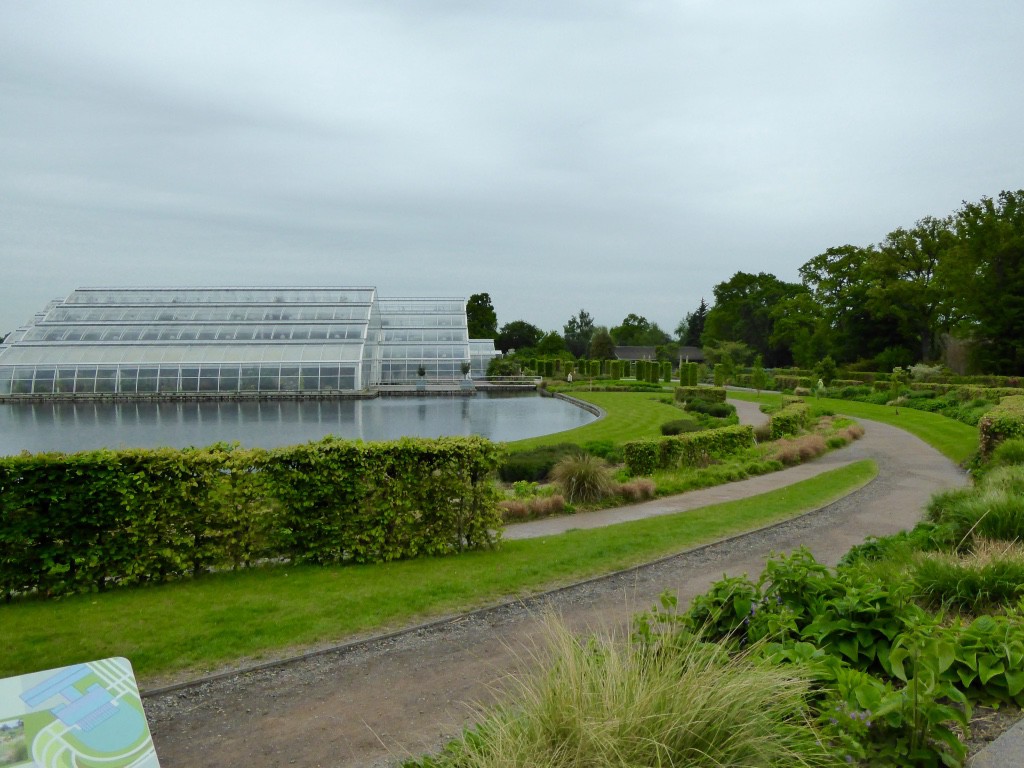
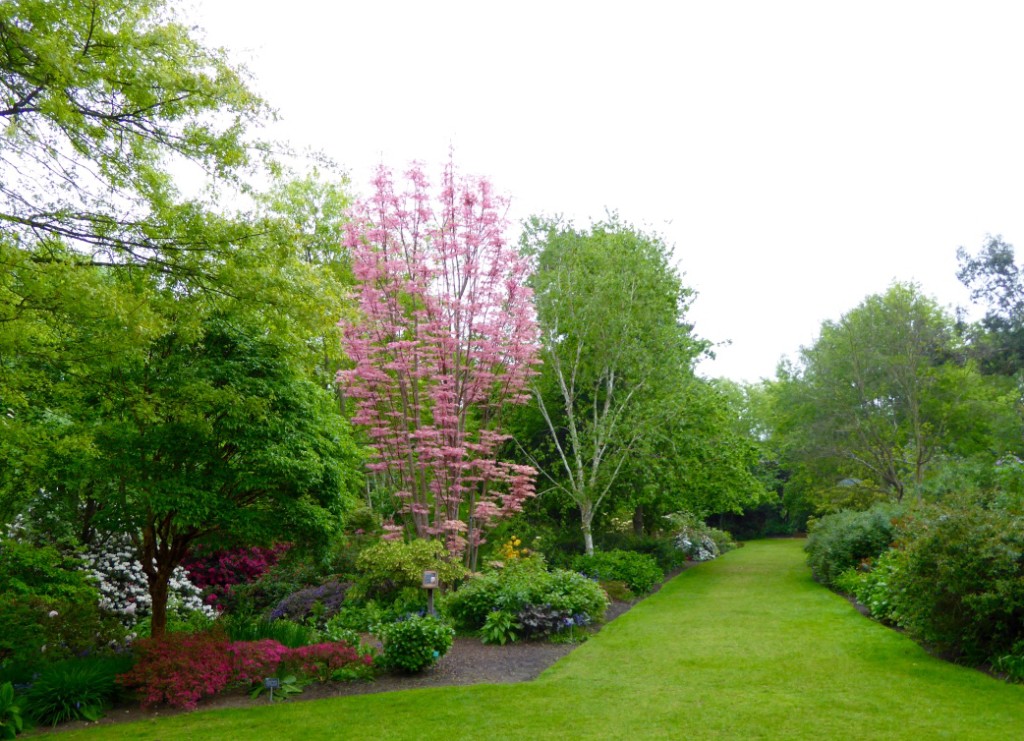
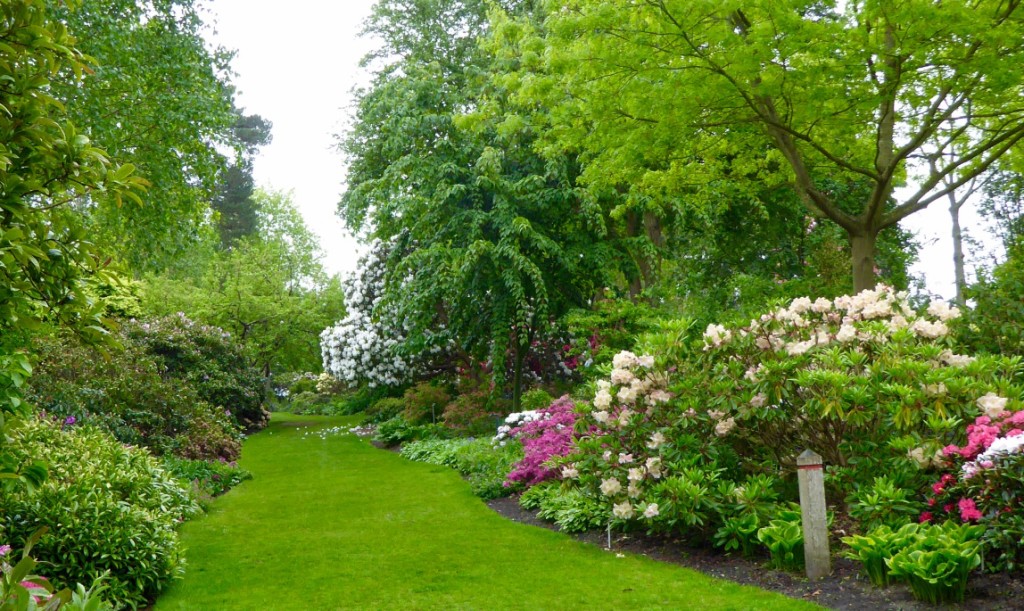
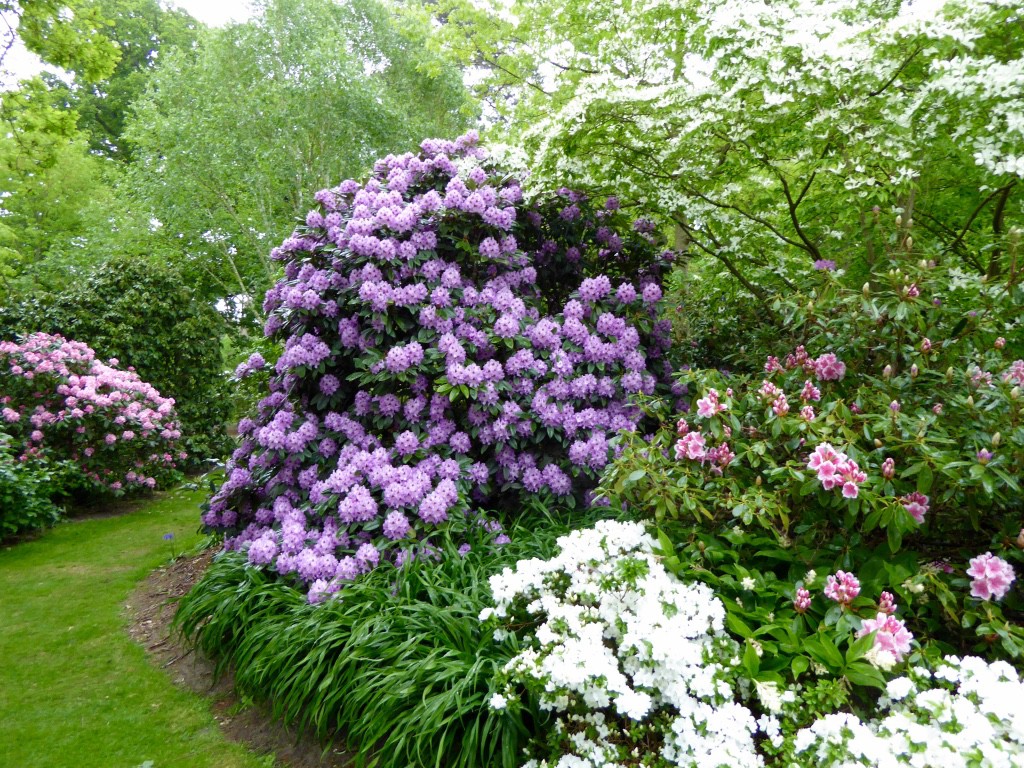
Having gained a number of ideas we headed for the coffee shop for what was to become our standard lunch – soup and farmhouse bread – before heading for our next destination, Penshurst Place.
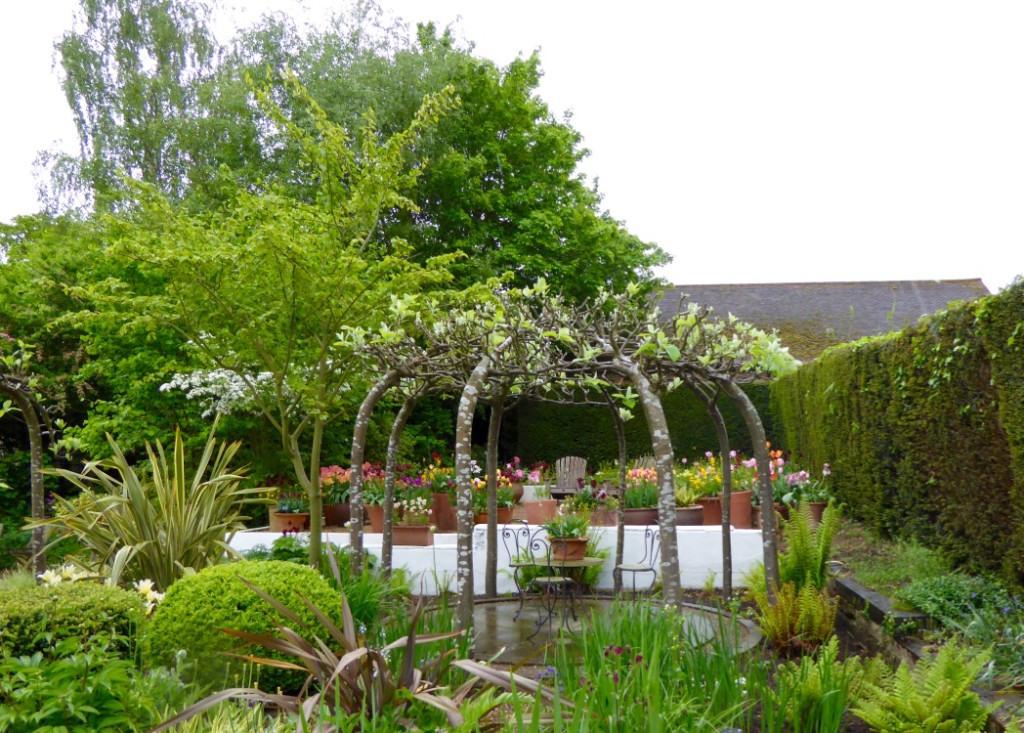
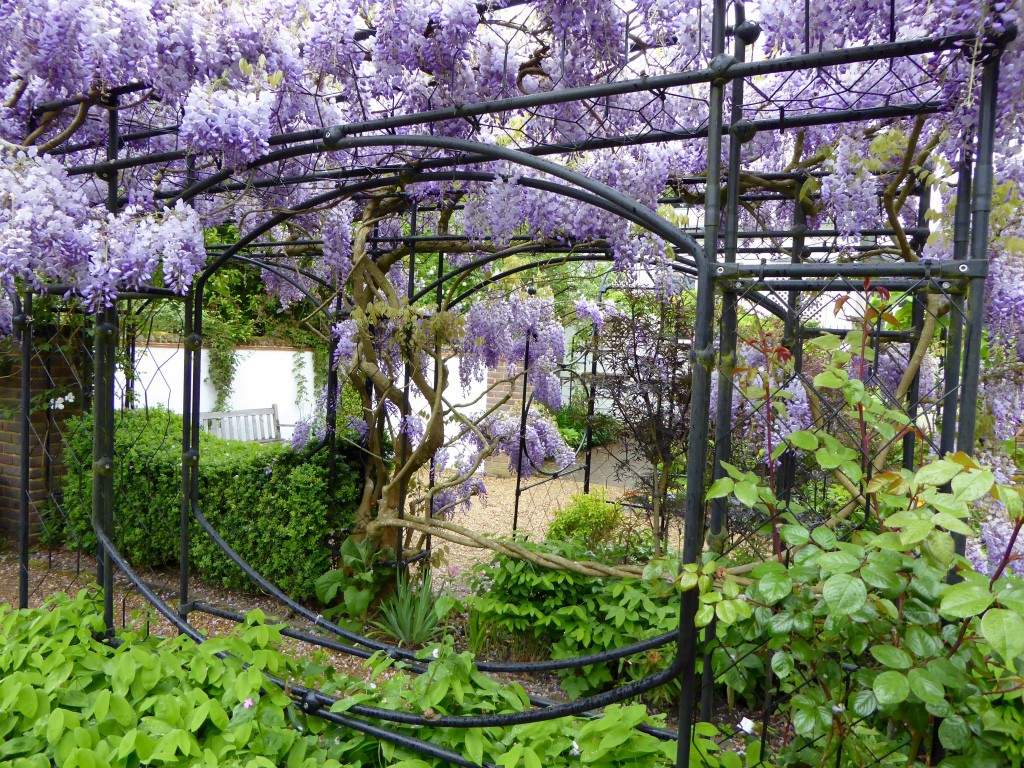
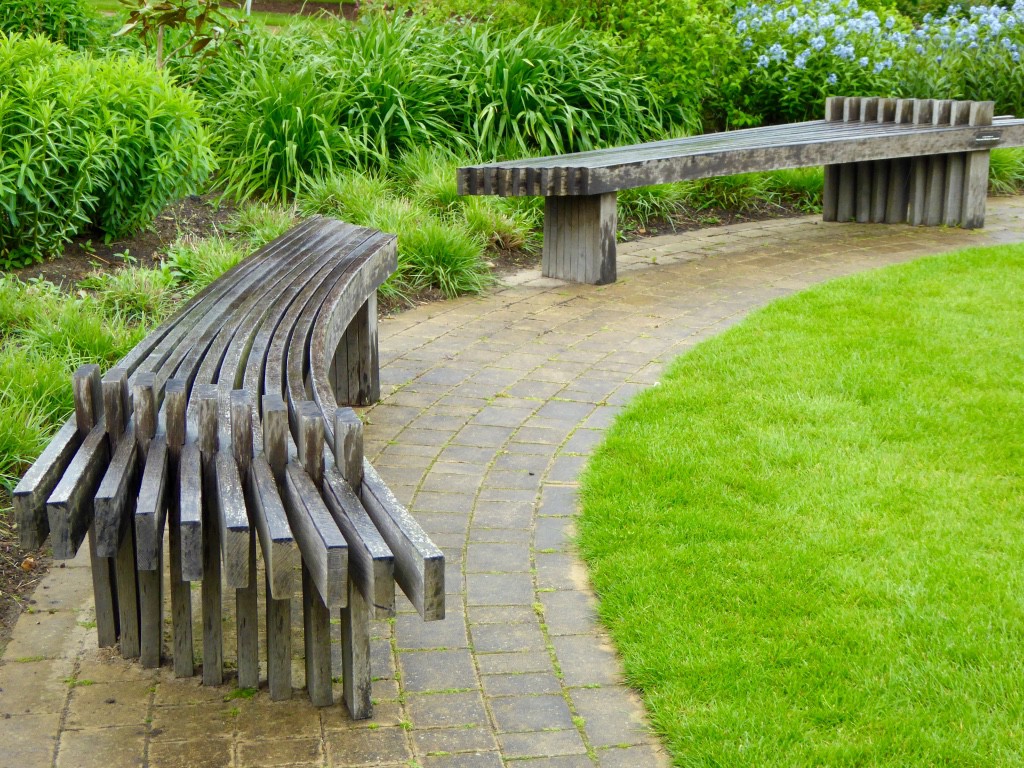
As it was now raining pretty steadily we decided to tour the 14th century manor house before heading into the garden. The House, once the property of King Henry VIII, was left to his son King Edward VI and granted to Sir William Sidney in 1552. The Sidney family has now been in continuous occupation for more than 460 years. 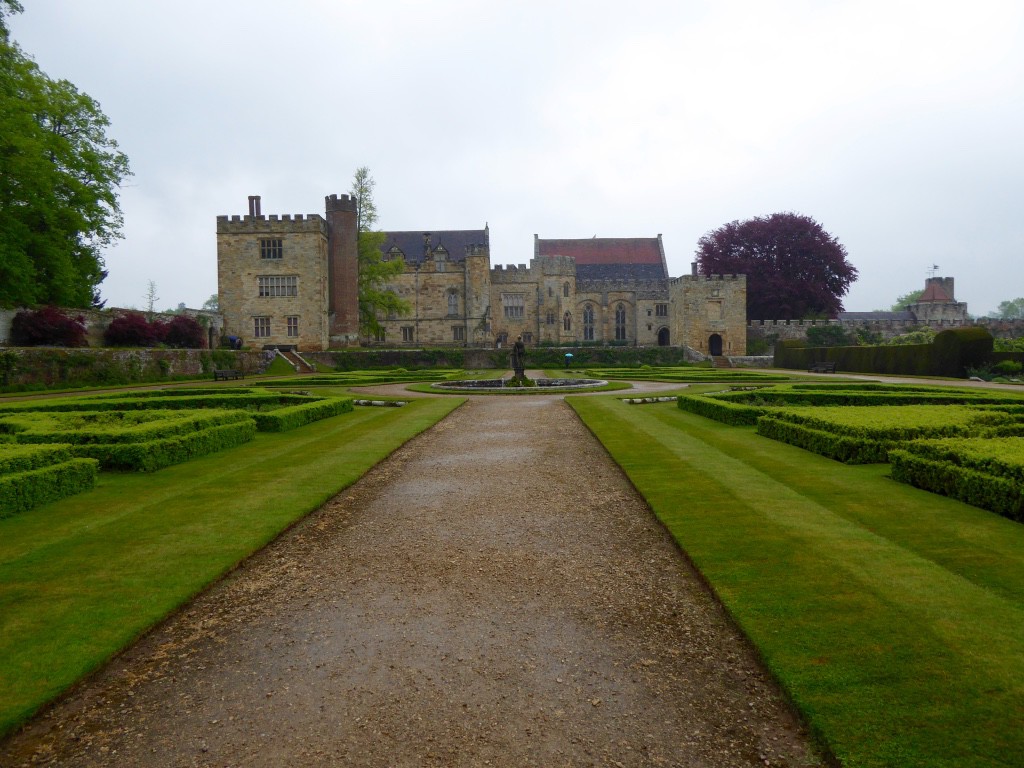
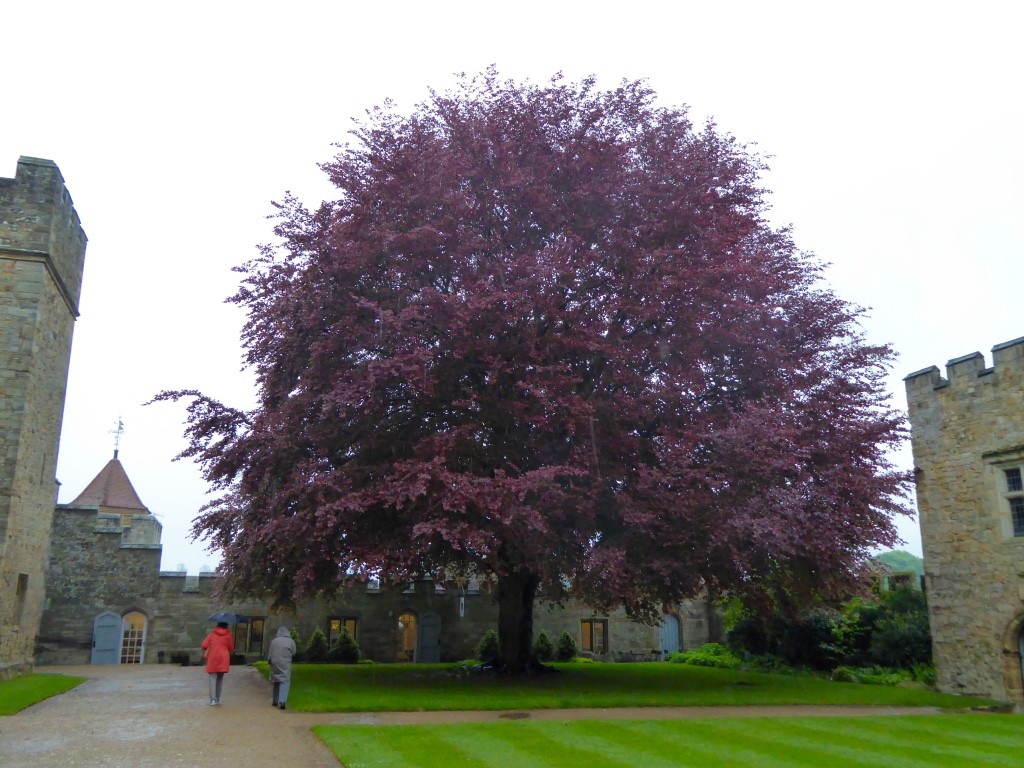
Penshurst boasts one of the finest medieval Barons Halls in Britain. This great stone hall, decorated with the usual weaponry and banners has changed little from medieval times. Though they have closed in the aperture on the roof to keep the weather out you can easily visualize the central roaring fire that supplied warmth and cooking facilities.
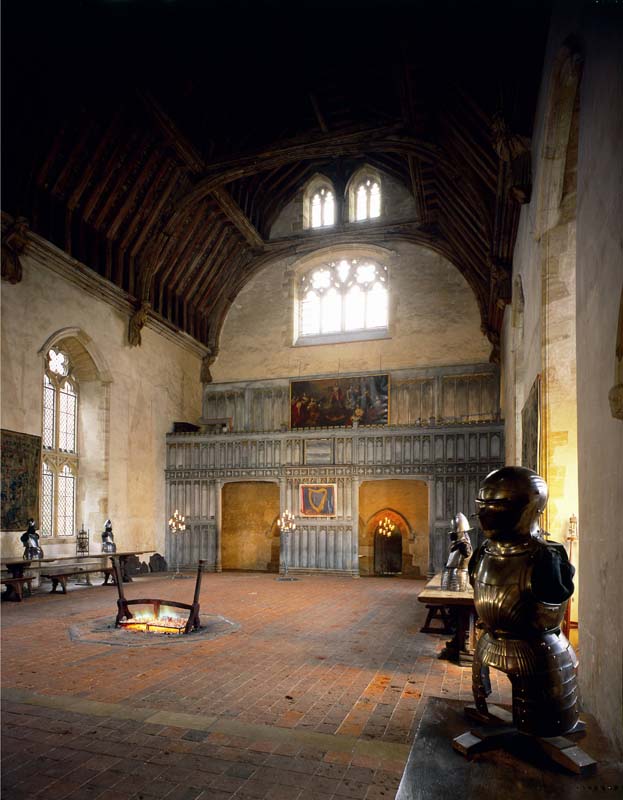
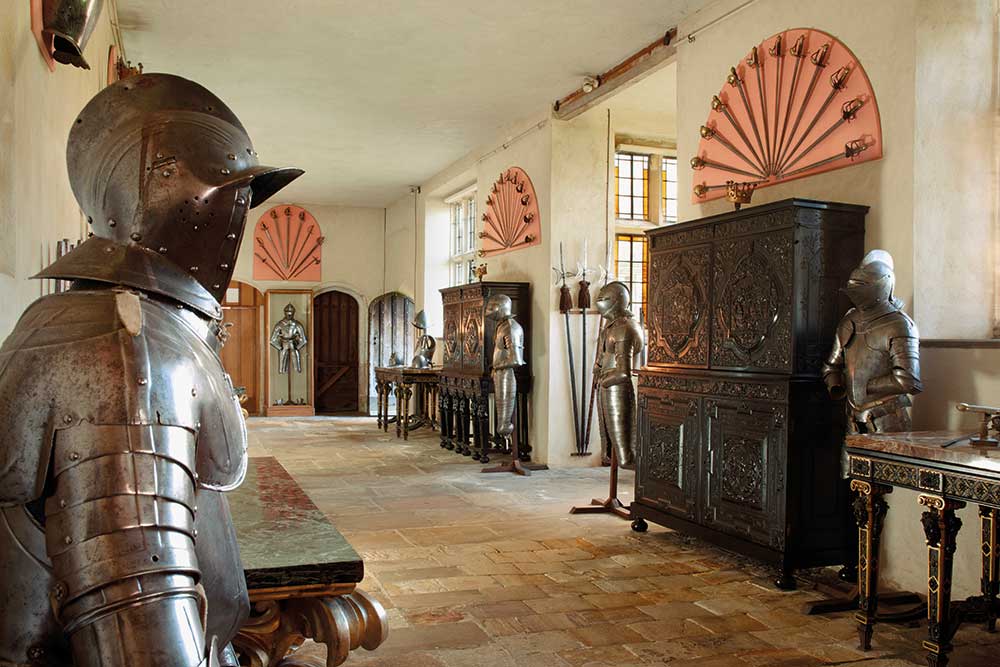
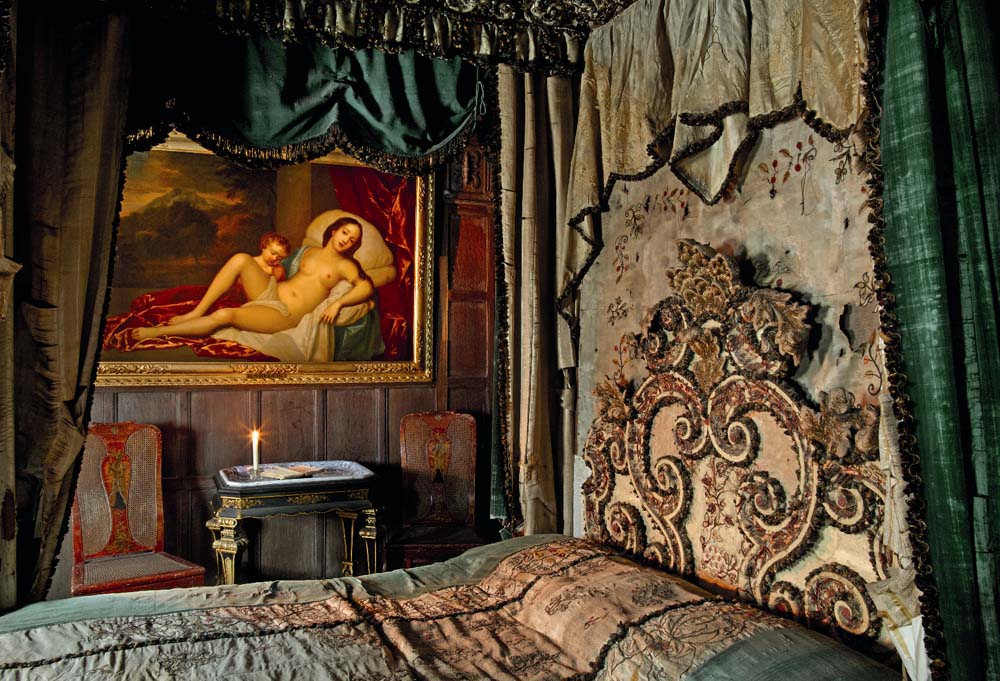
A quick tour through the rest of the castle with it’s withdrawing rooms, tapestry room, galleries and the Elizabethan room (where Queen Elizabeth I did a lot of business) and then, with the rain easing slightly, it was out into the garden.
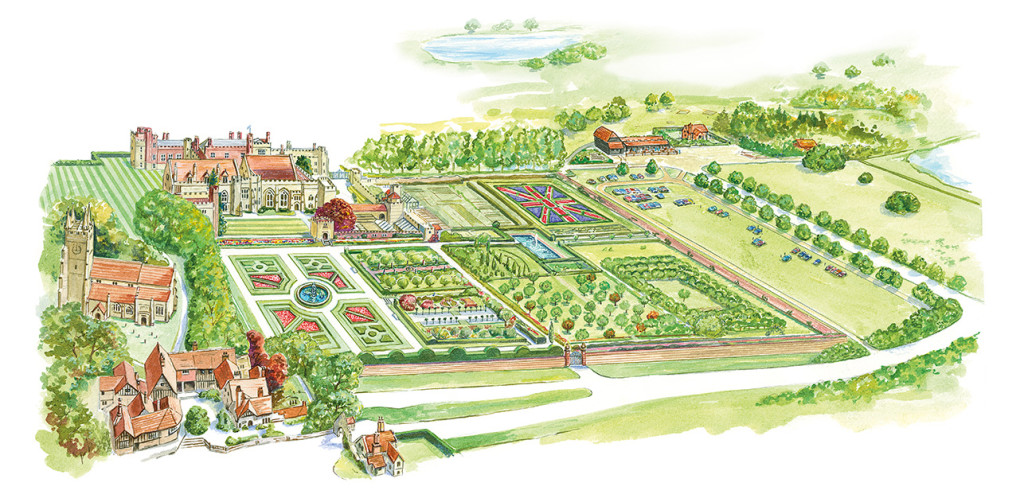
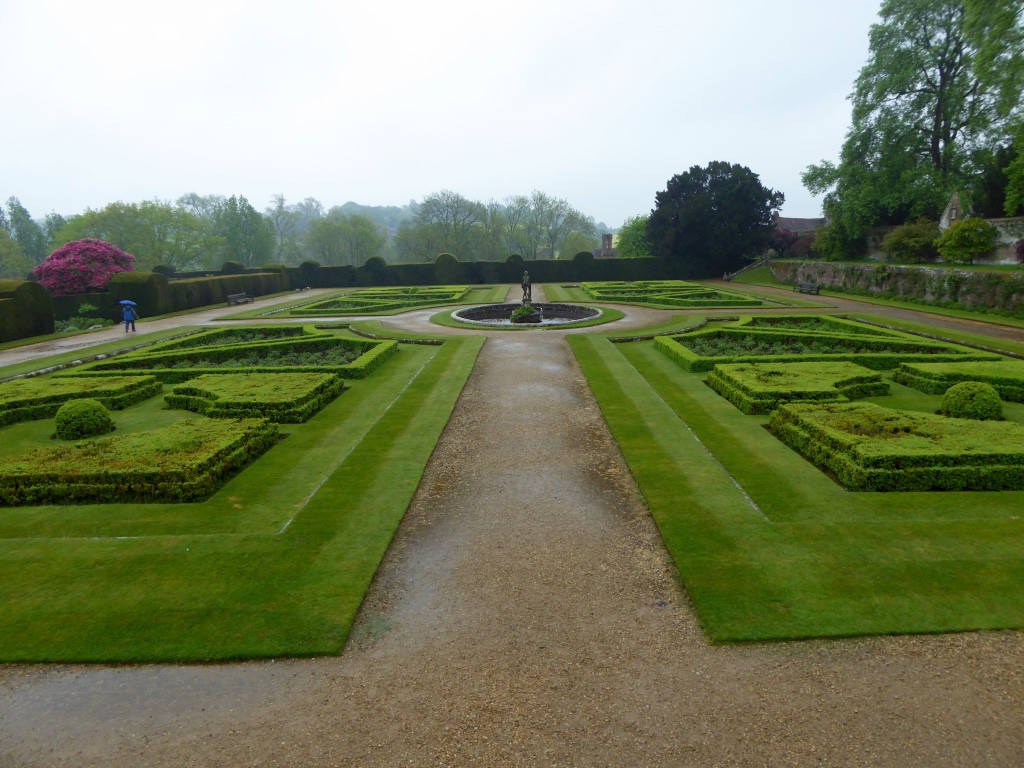
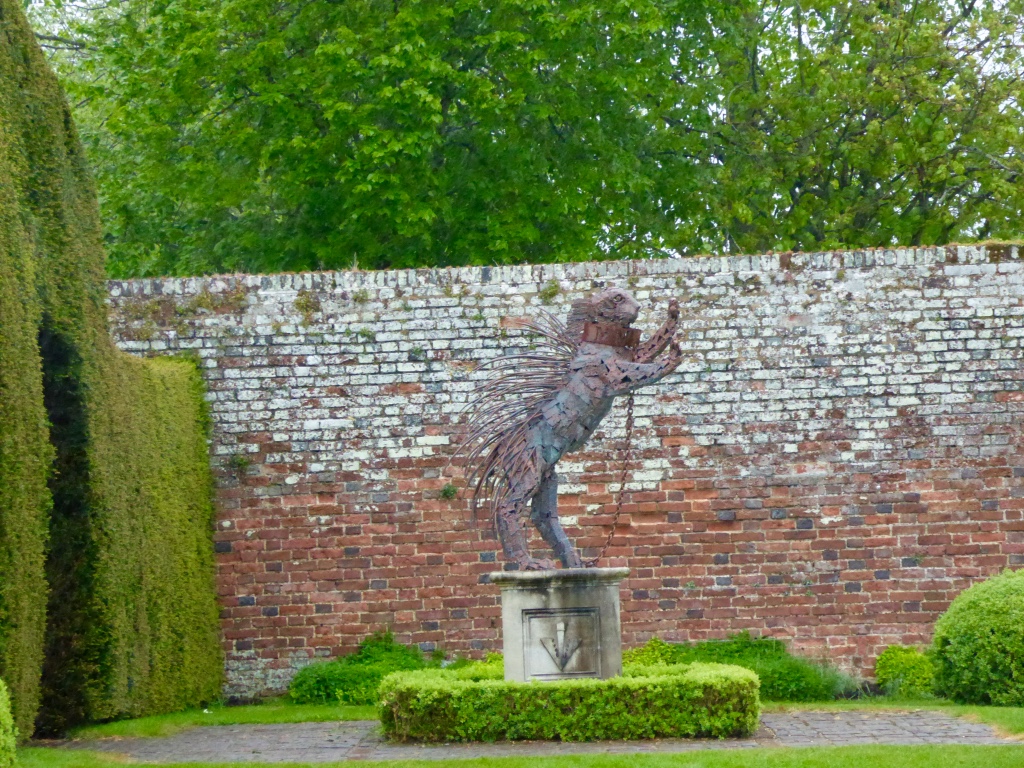
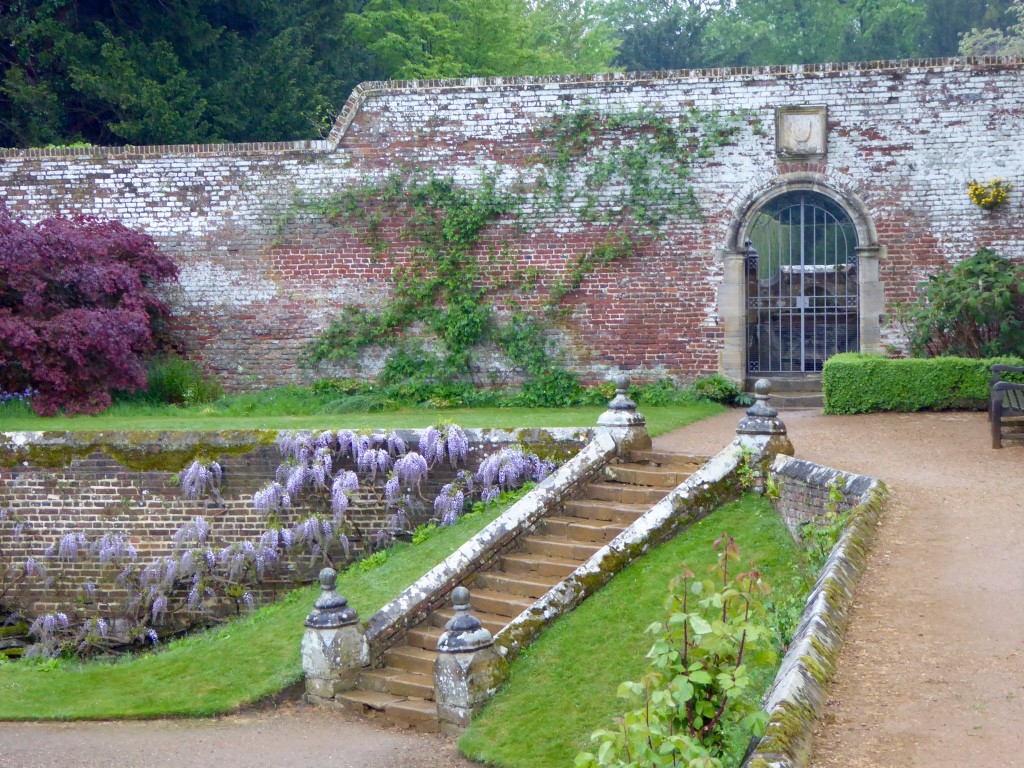
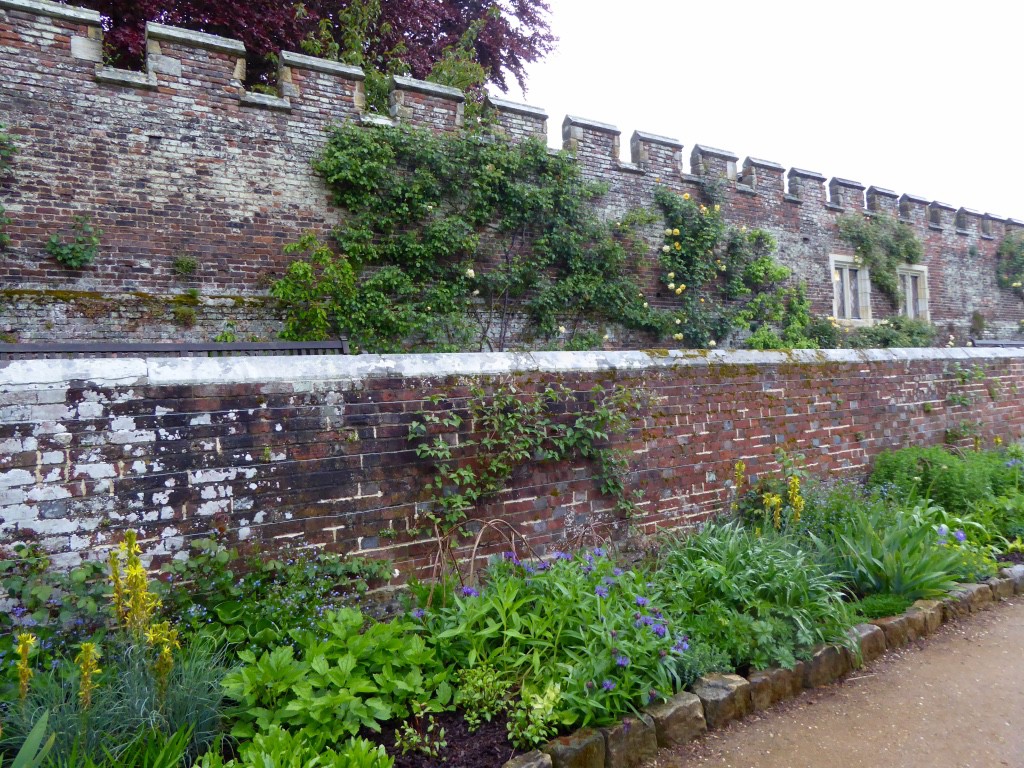
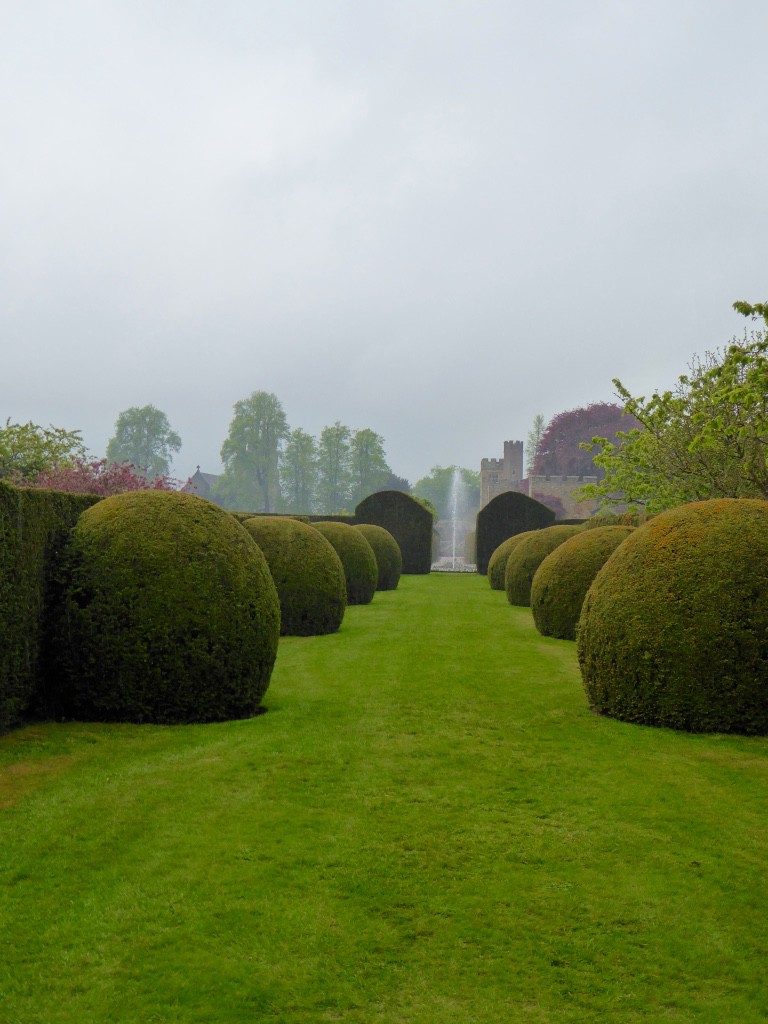
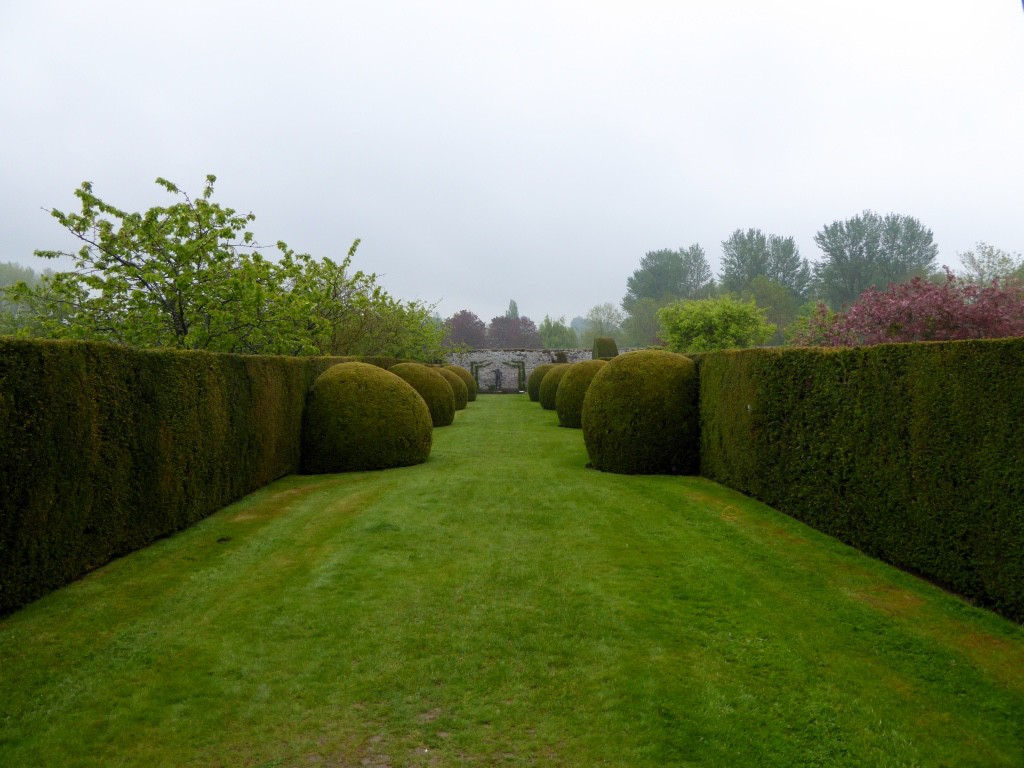
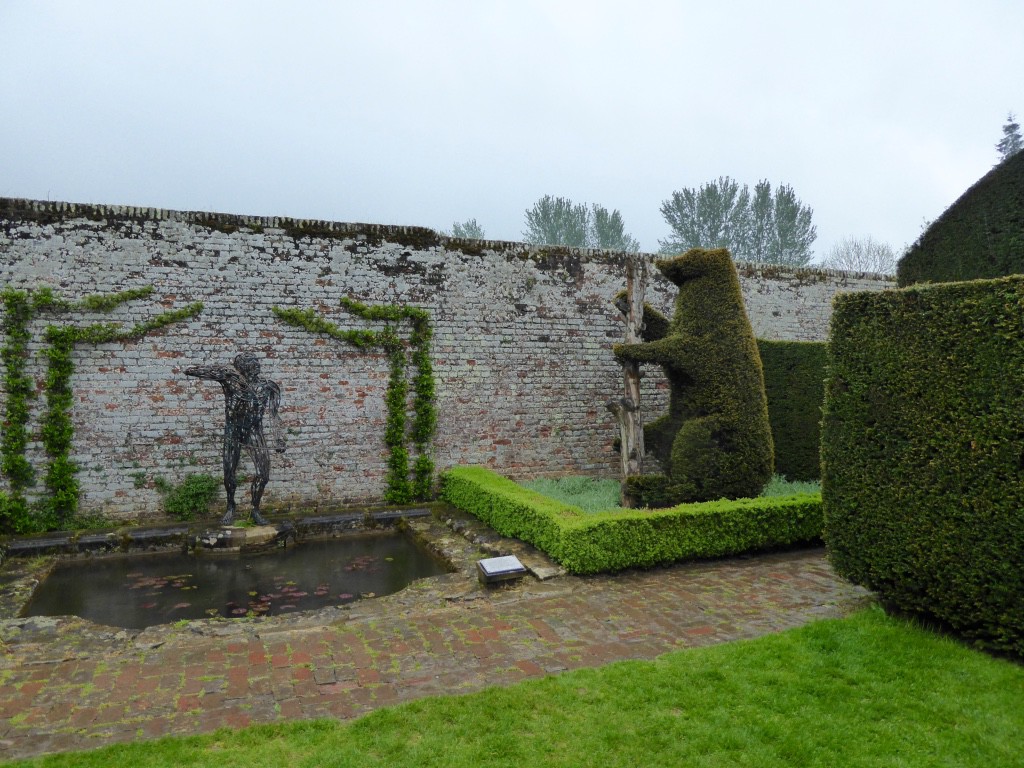
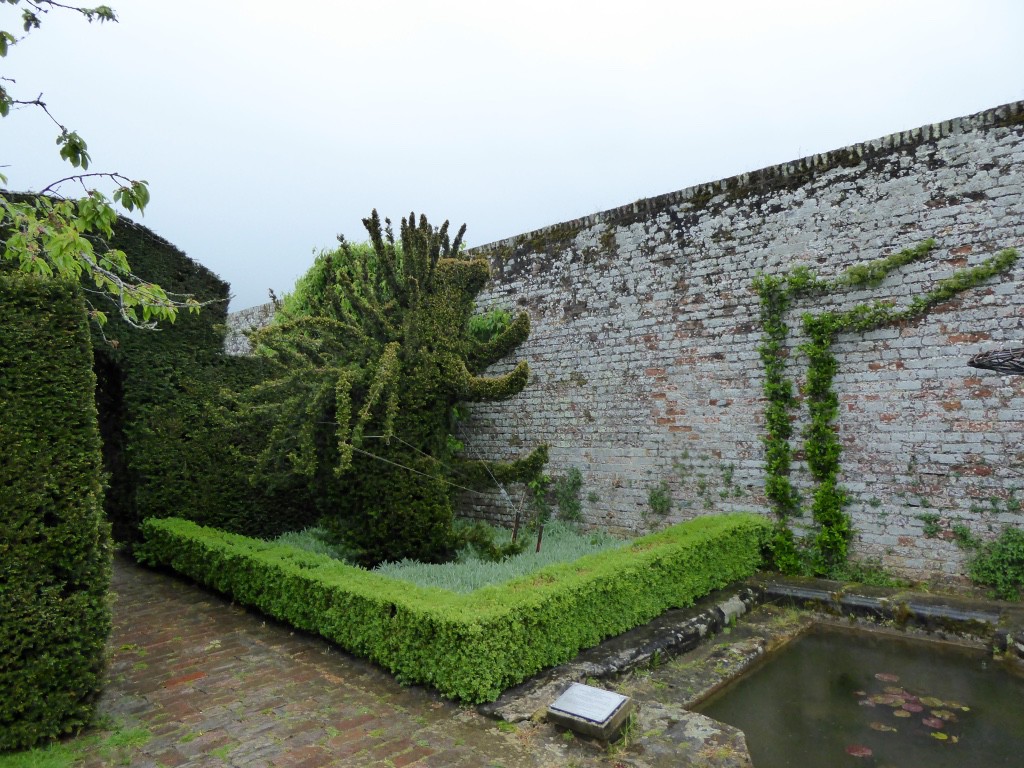
Including the parklands, the grounds cover 48 acres of grounds with 11 acres of formal Grade One listed Garden. Opening directly in front of the House, the 16th-century Italian Garden, with an oval lily pool and classical statue at its center, is designed to be enjoyed from the State Rooms. To the left an archway under the Garden Tower leads you past the blue and yellow borders, planted in the colours of the Sidney family coat of arms, to the paved garden. Over one mile of yew hedging divides the remainder of the Garden into a series of ‘rooms’, each with its own season and colour
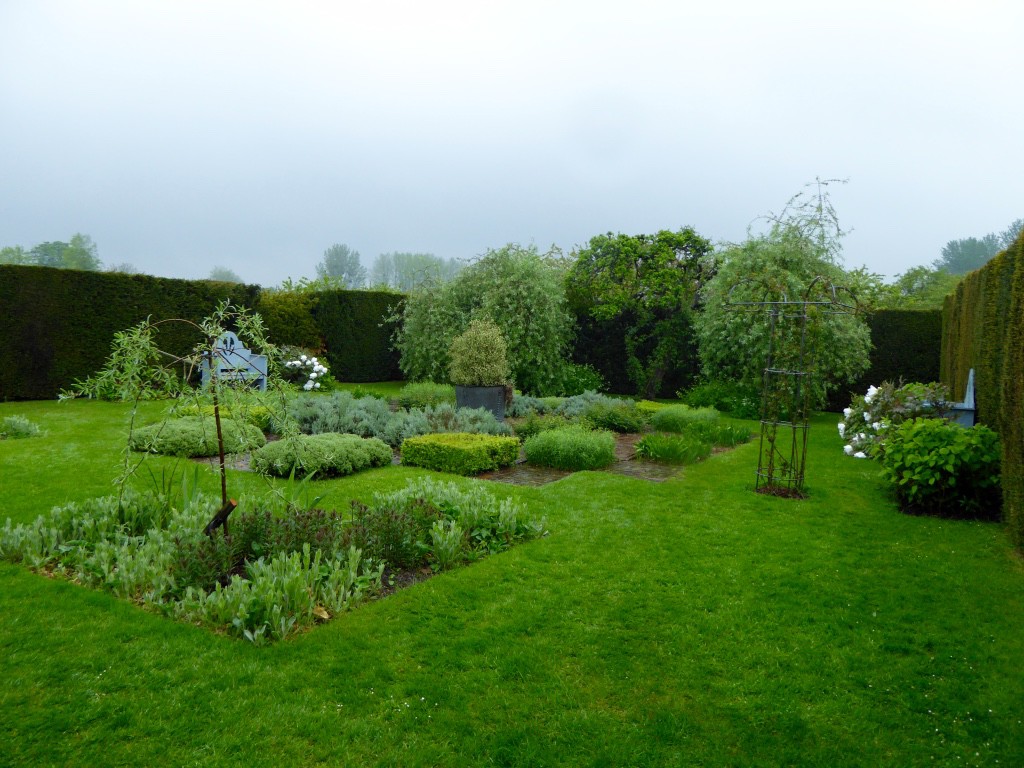

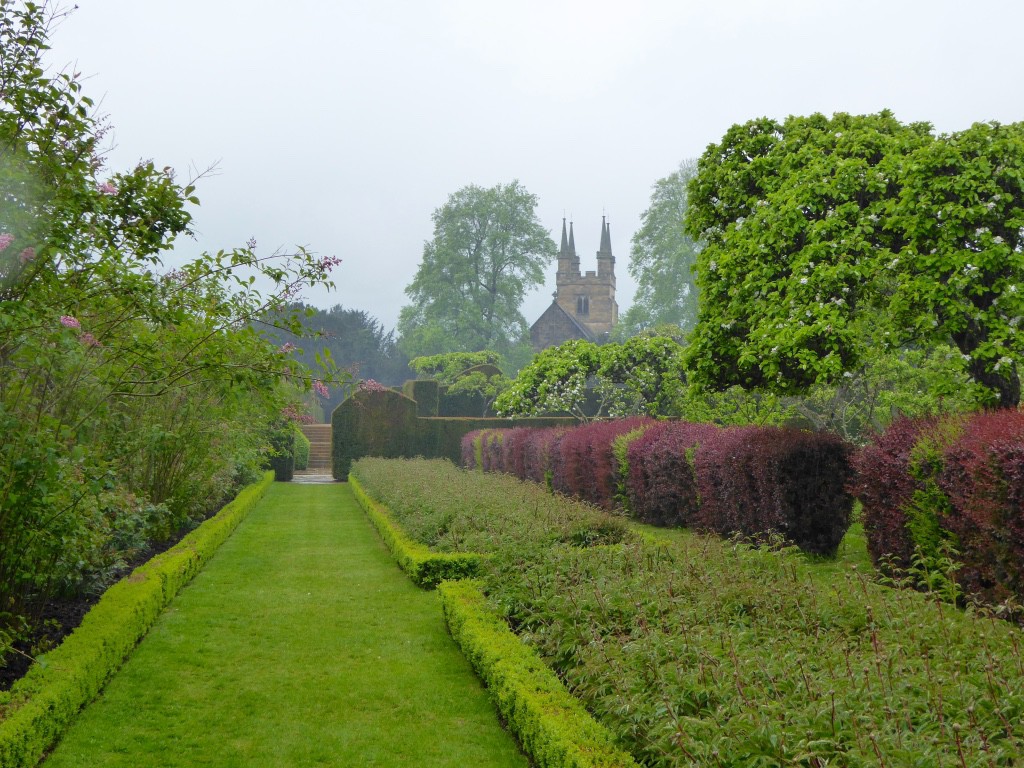
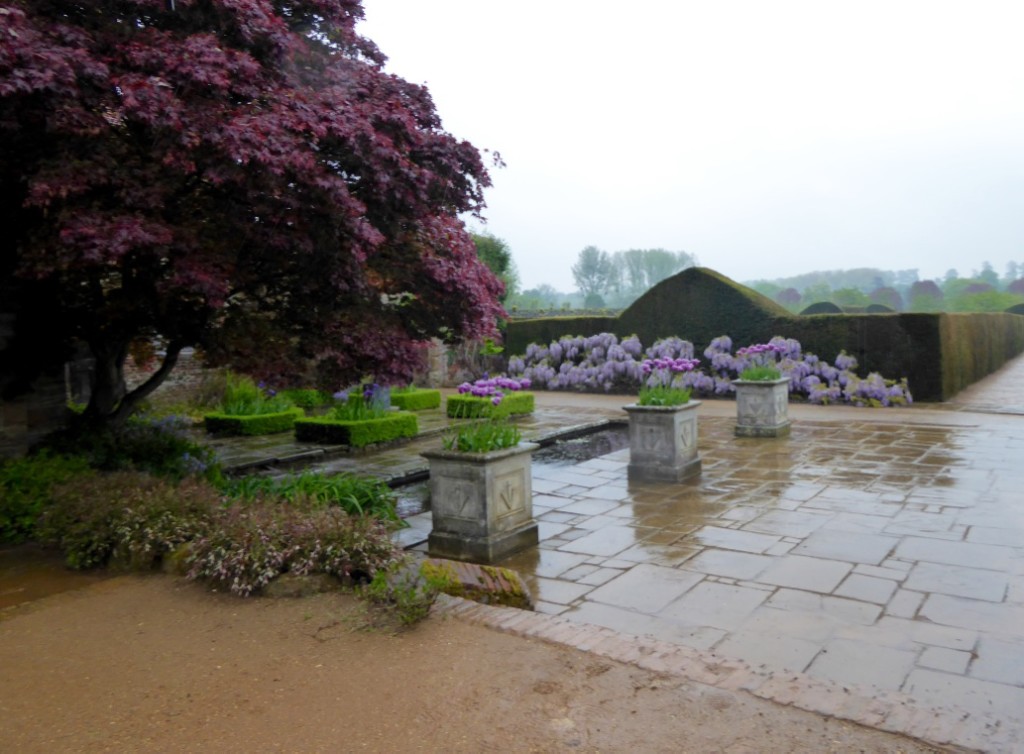
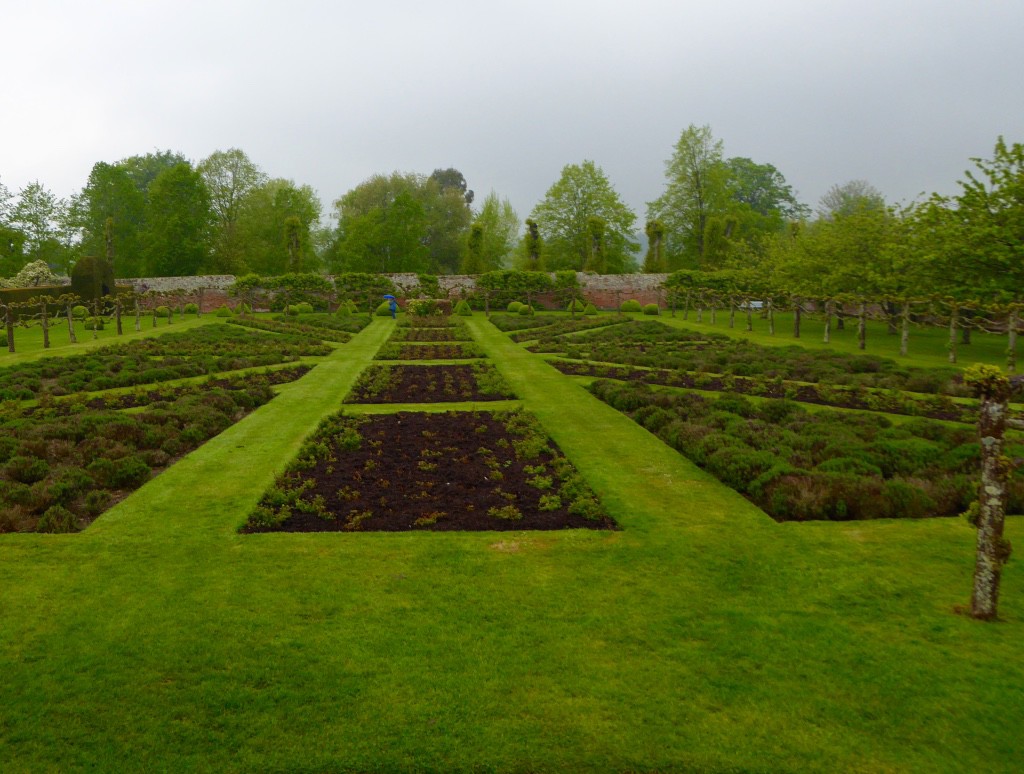
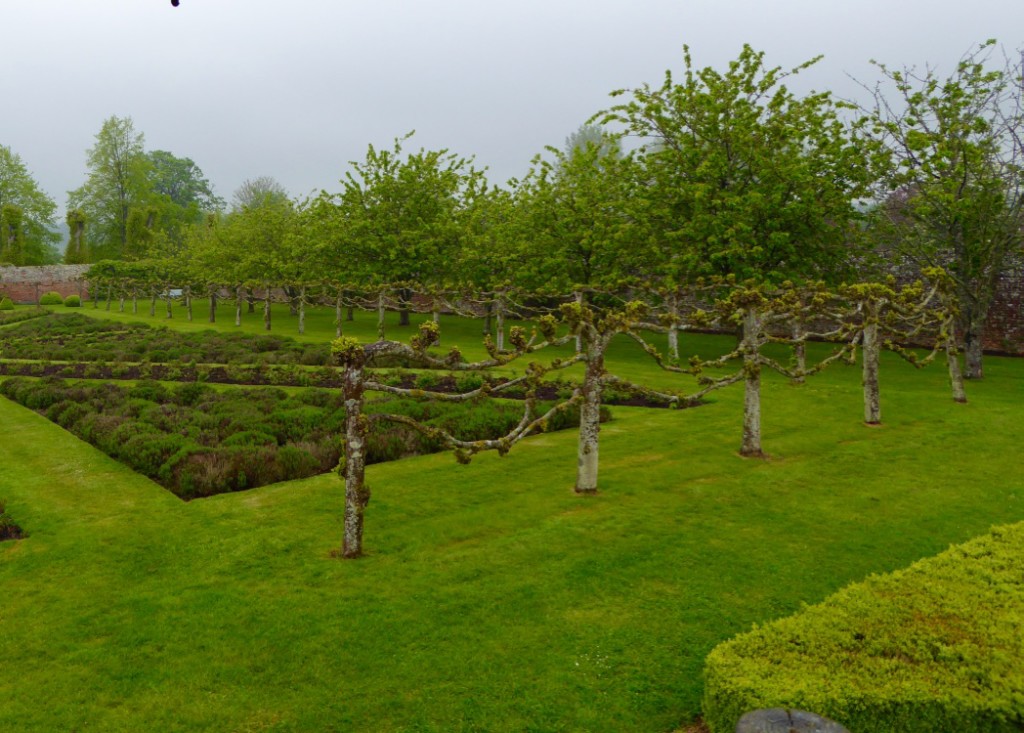
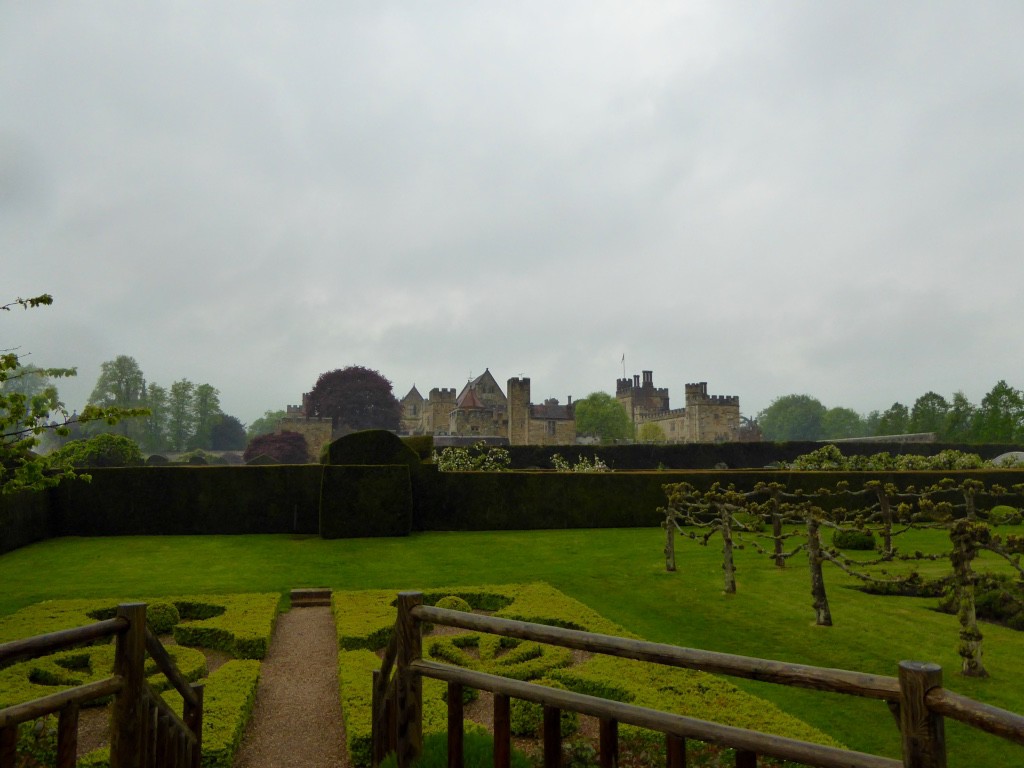
Our stay that night was in The Royal Wells Hotel at Tunbridge Wells. Our room turned out to be a suite with a magnificent freestanding copper bath – so glad we had two nights in this welcoming Hotel.
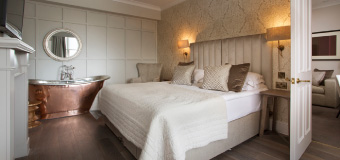
The next morning it was off to the legendary garden of Sissinghurst, which is owned and maintained by the National Trust. It is among the most famous gardens in England and is Grade I listed. This was evidenced by the crowds of people!!
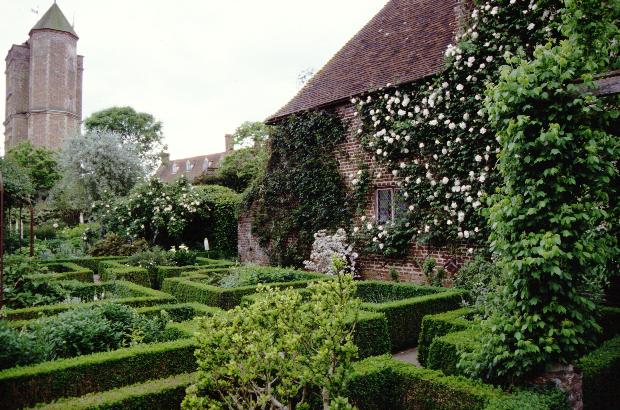
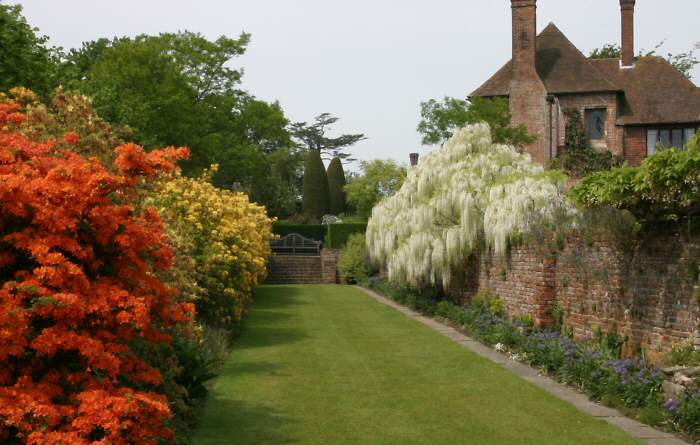
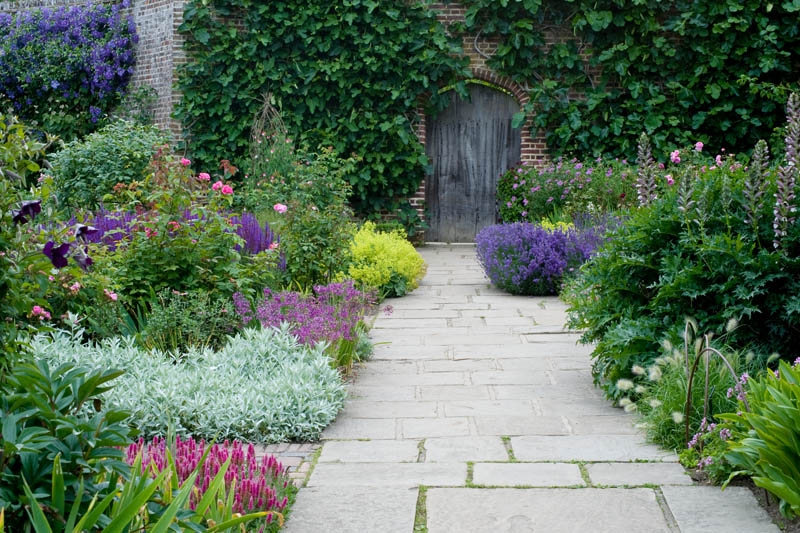
Sissinghurst’s garden was created in the 1930s by Vita Sackville-West, poet and gardening writer, and her husband Harold Nicolson, author and diplomat. The garden itself is designed as a series of “rooms”, each with a different character of colour and/or theme, divided by high clipped hedges and pink brick walls.
Some of our favourite areas were the sunken garden, the nuttery and the lime walk. The white garden, though not in full flower, was interesting even if just to see this talked about and widely emulated room. Other things to see include the 15th century Elizabethan gatehouse tower (fabulous views of the garden), the complex of Oast Houses (Hop Kilns) which were previously used in the brewing process and now house a museum, an orchard and an extensive vegetable garden, which supplies the two cafes.
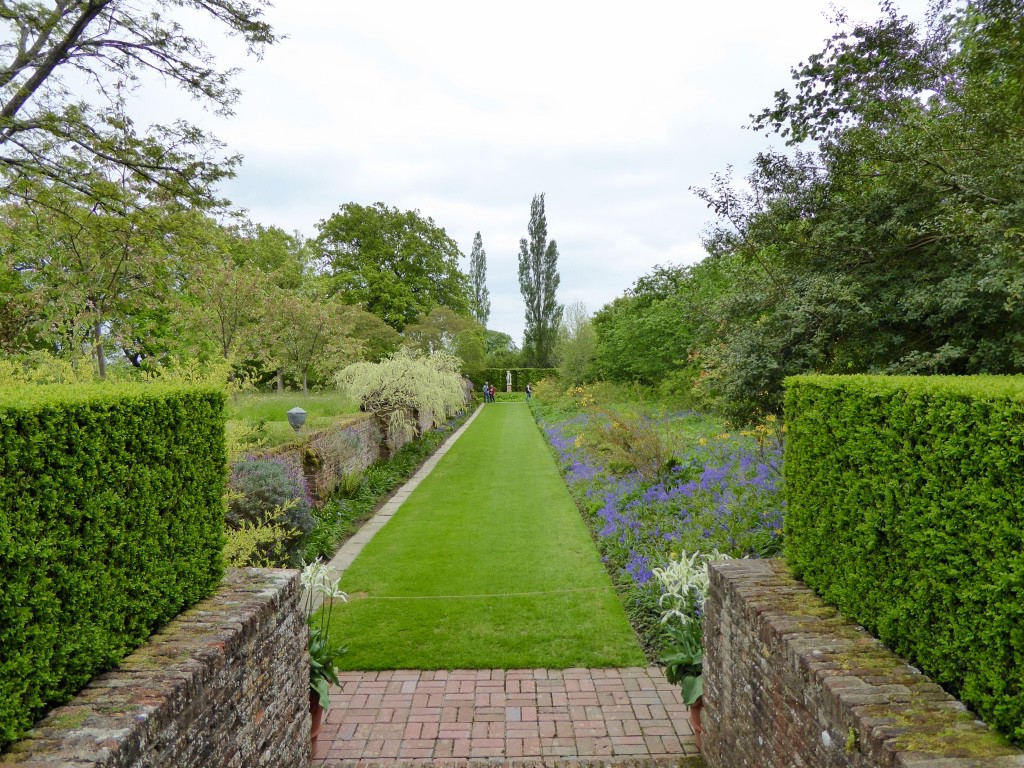
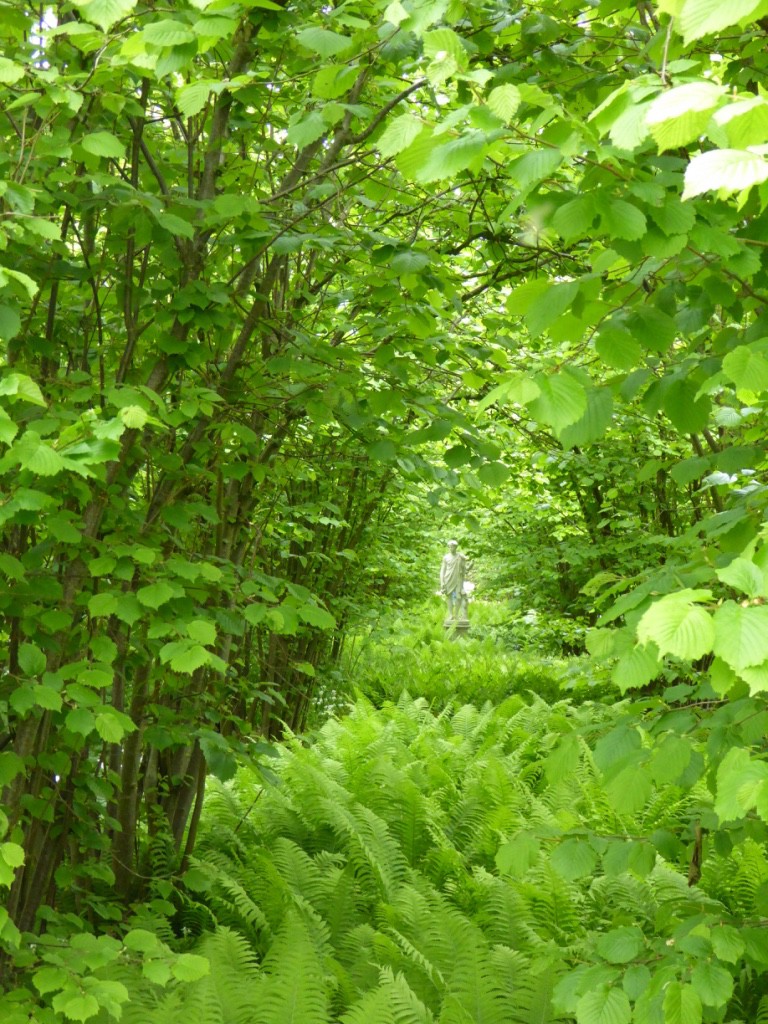
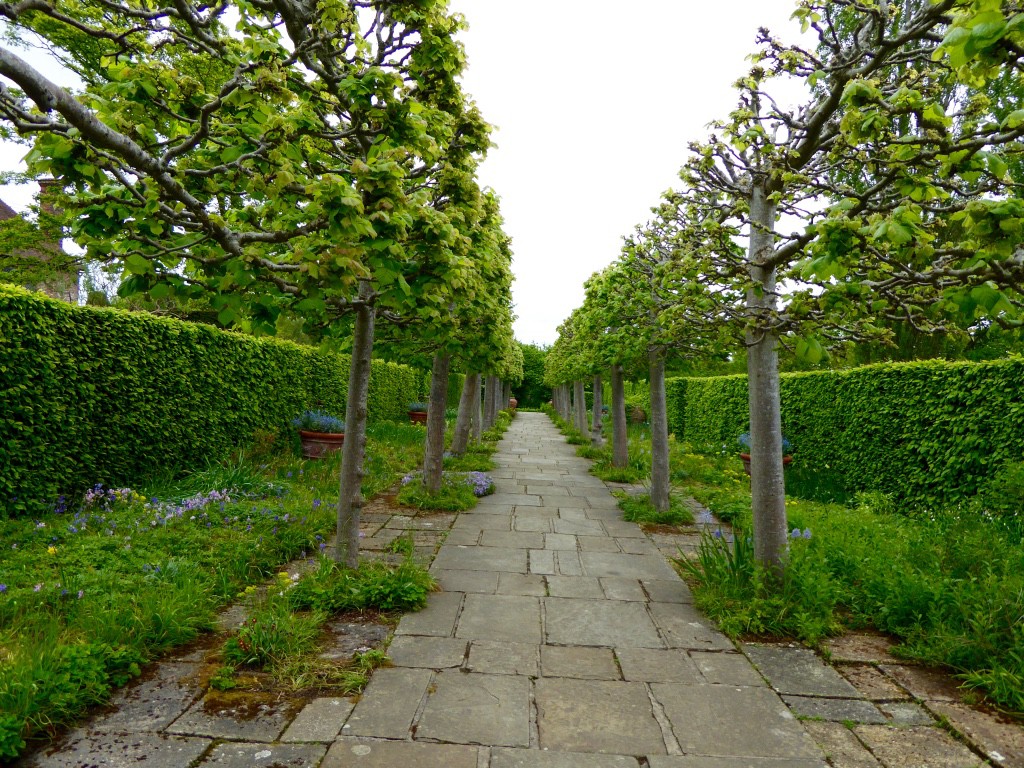
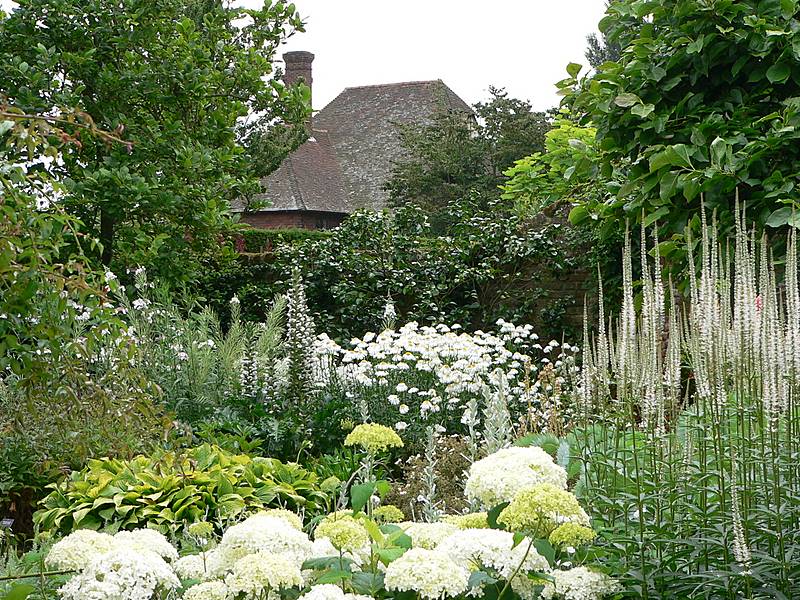
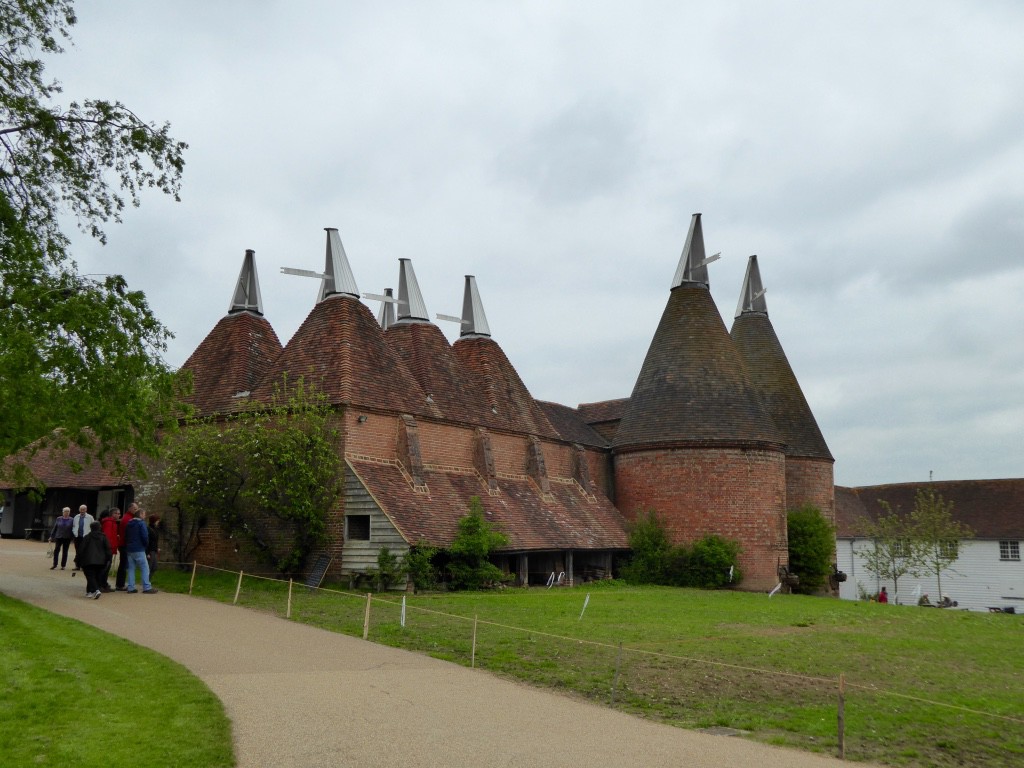
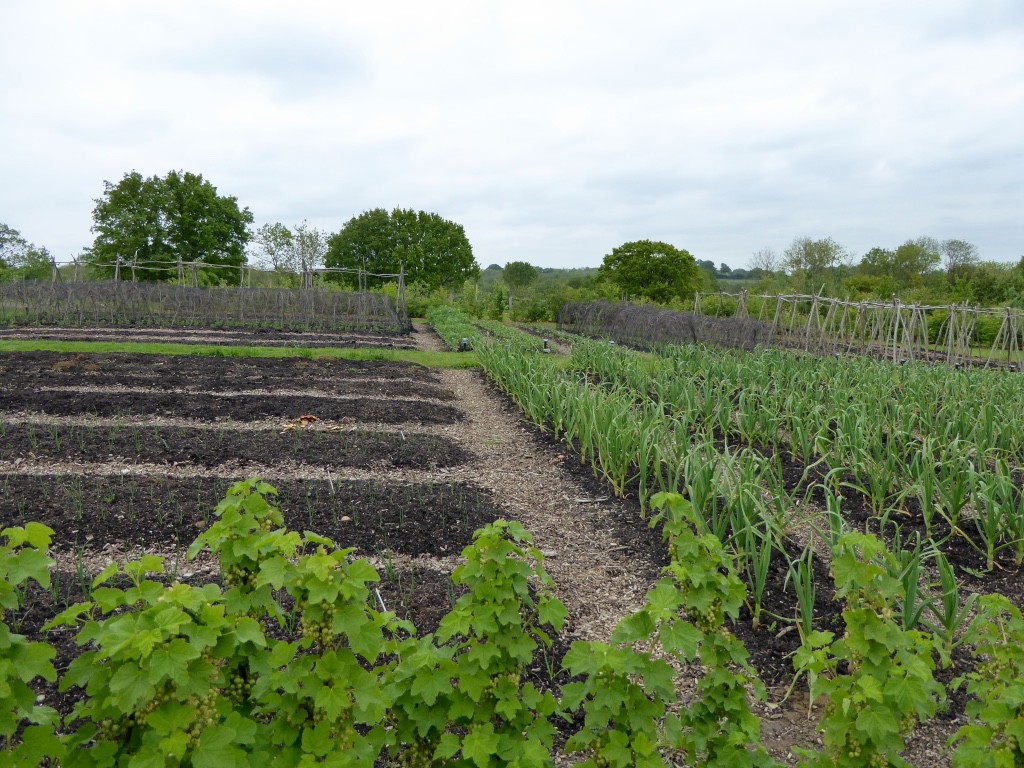
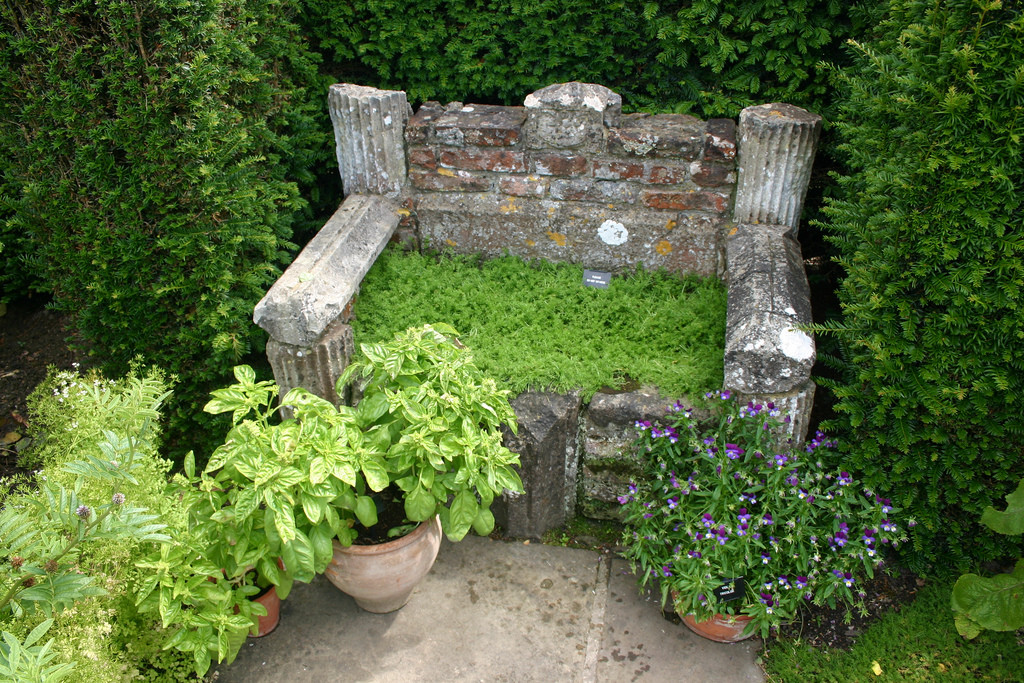
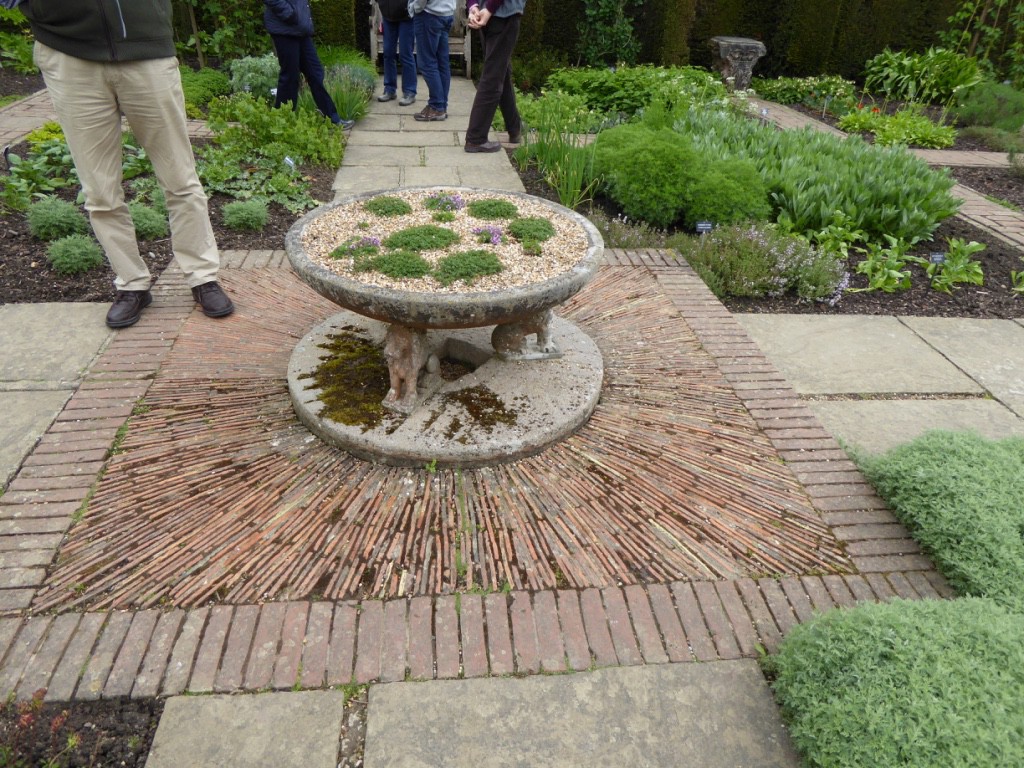
Having had a large breakfast – and with the promise of scones and homemade jam for afternoon tea – we bypassed lunch, boarded our bus and set off for Hole Park (with a quick diversion to have a bit of a wander through one of the Cotswold Villages).
This privately owned Queen Anne manor house and garden was bought in 1911 by the current owner’s great grandfather, Colonel Arthur Barham, who redesigned and replanted the gardens, creating a valley garden and a series of garden rooms with gates. 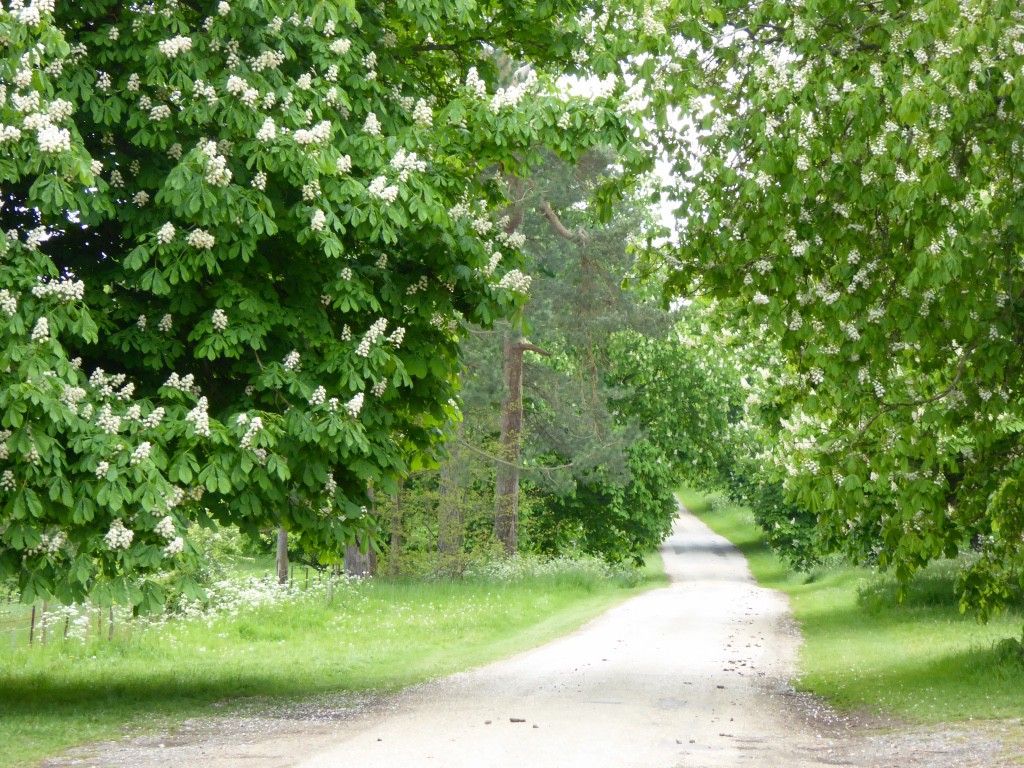
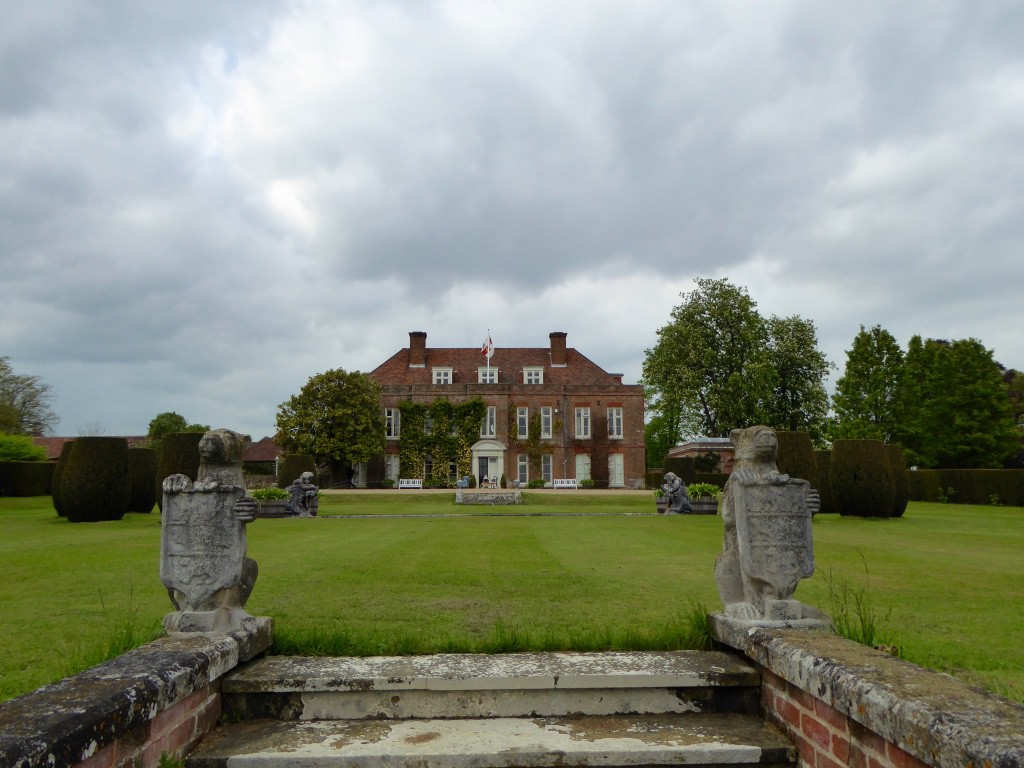
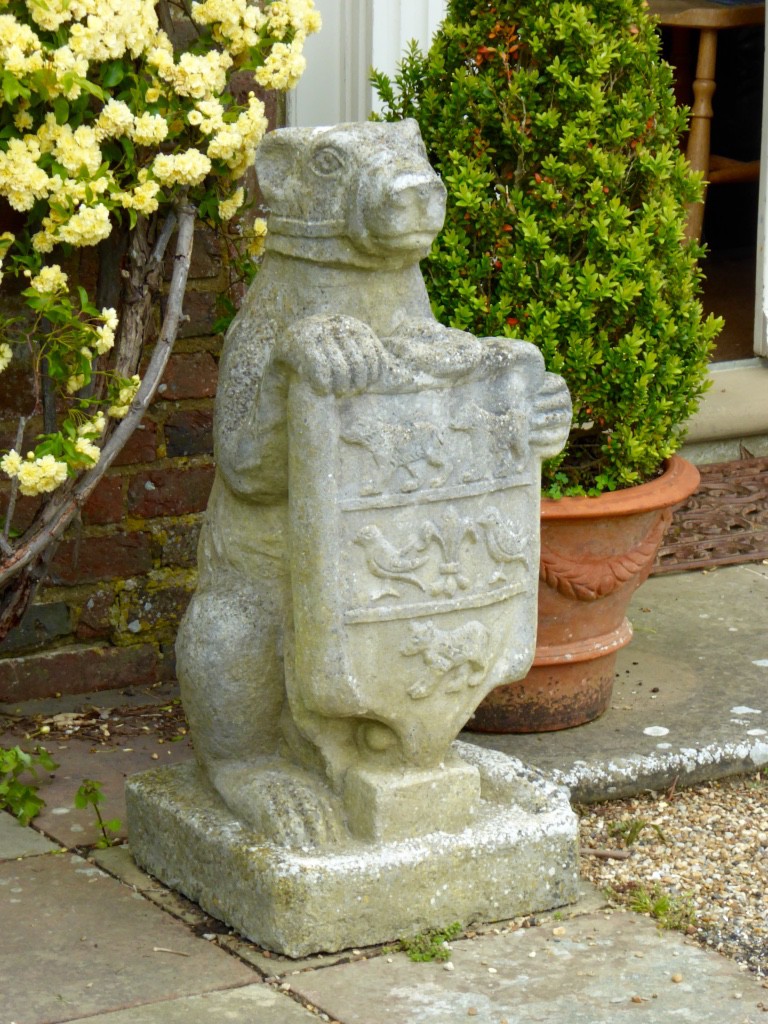
Driving down a rolled gravel drive lined by an avenue of mature horse chestnut trees, we arrived at the forecourt on the front of the house where we were met by Edward Barham, the owner, and his two black Labradors. He gave us a conducted tour of his estate finishing up at the small café where his wife, Clare, served us tea – truly a family affair.
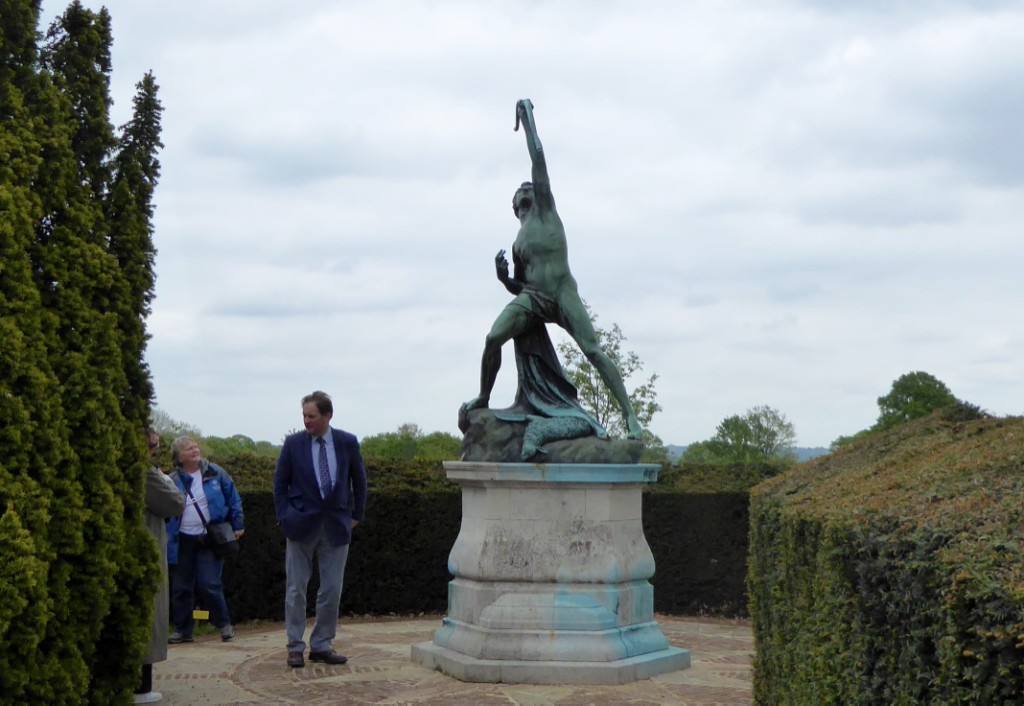
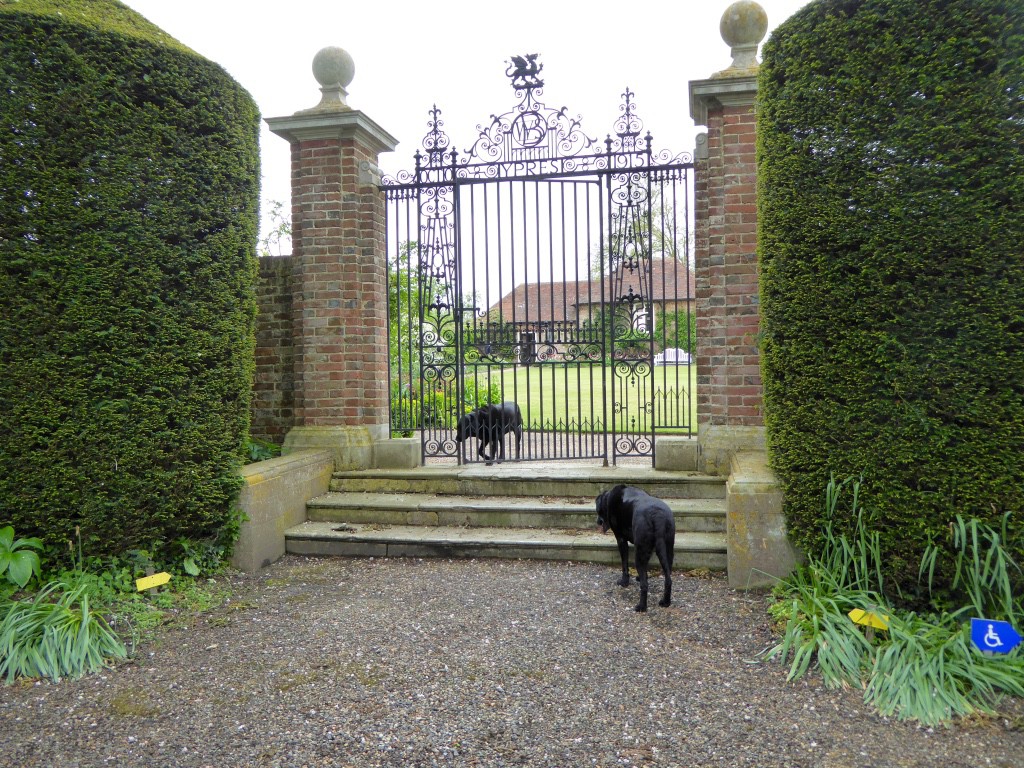
The extensive garden covers 15 acres with over 200 acres of parkland and is maintained by the current owner, Edward and two gardeners. It is only open during the summer months, the rest of the year being set aside for maintenance and family time.
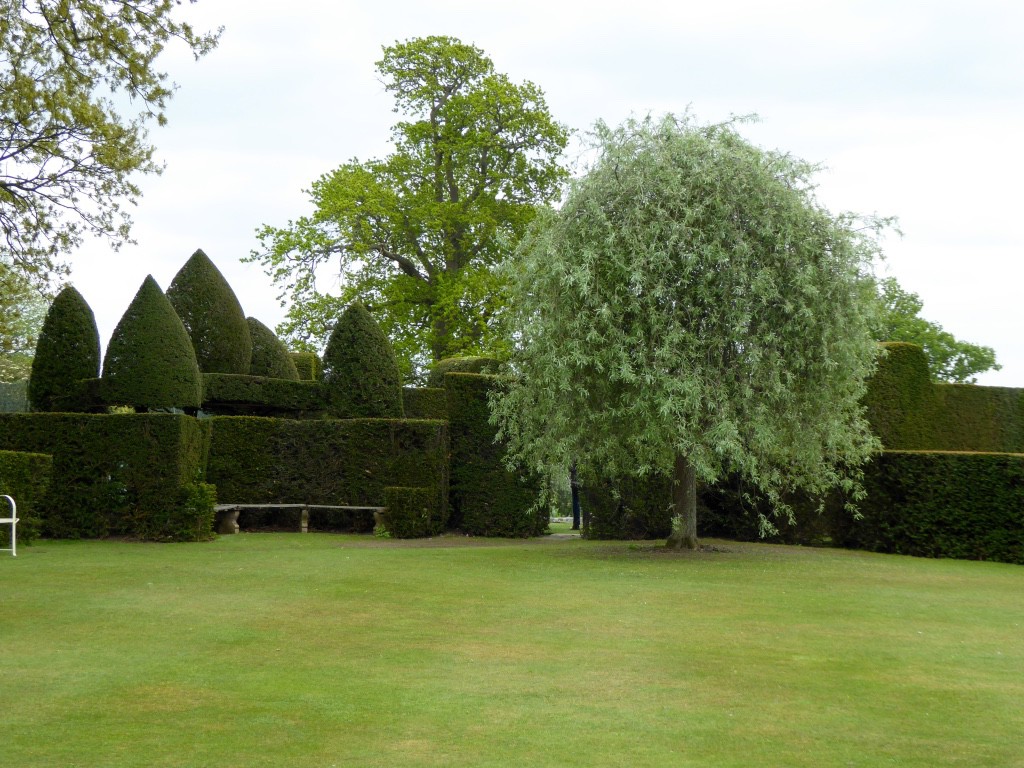
Immaculately trimmed yew hedges, many with geometric topiary shapes, surround much of the formal gardens. These are clipped entirely by hand and shelter sweeping lawns as well as herbaceous borders, a rose garden, an egg pond, numerous sculptures and seats and a memorial gate dedicated to Colonel Barham eldest son who was killed at Ypres in 1915. Outside the rooms are long vistas, many of which open up to breathtaking views over the Weald (woodland) of Kent.
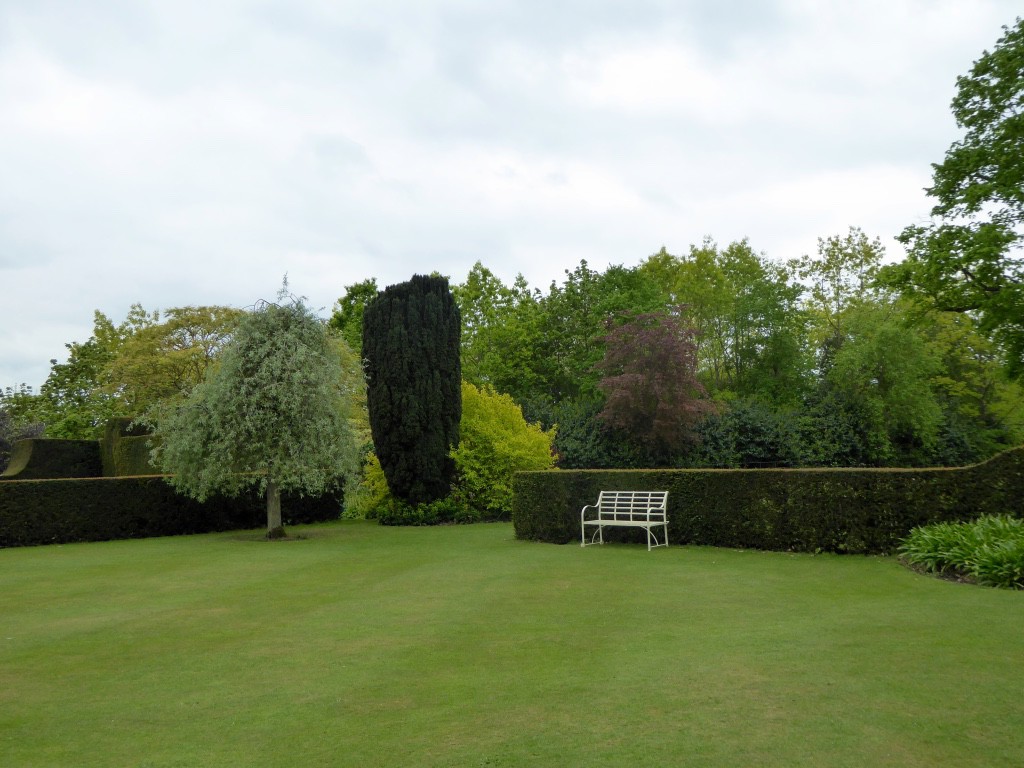
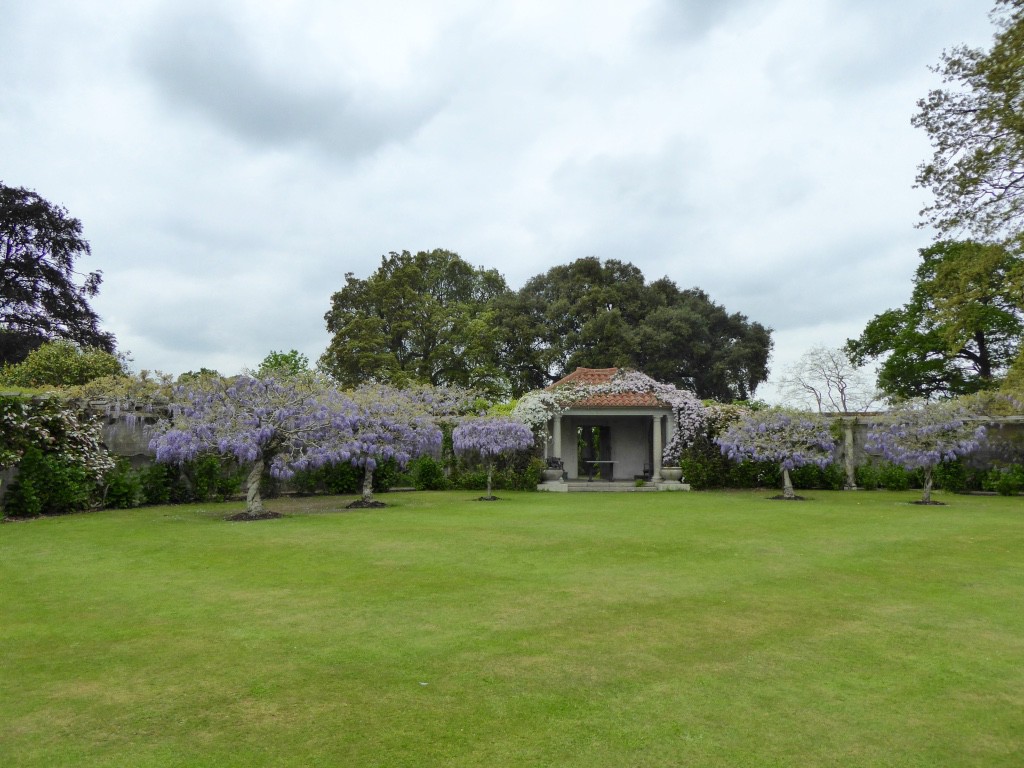
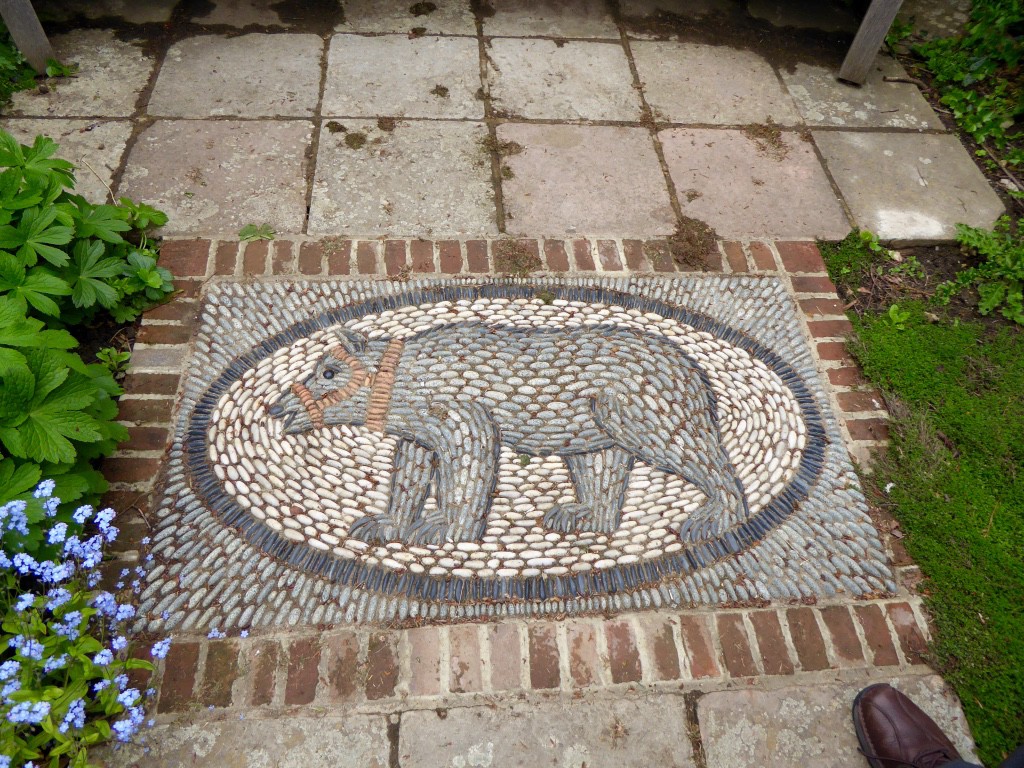
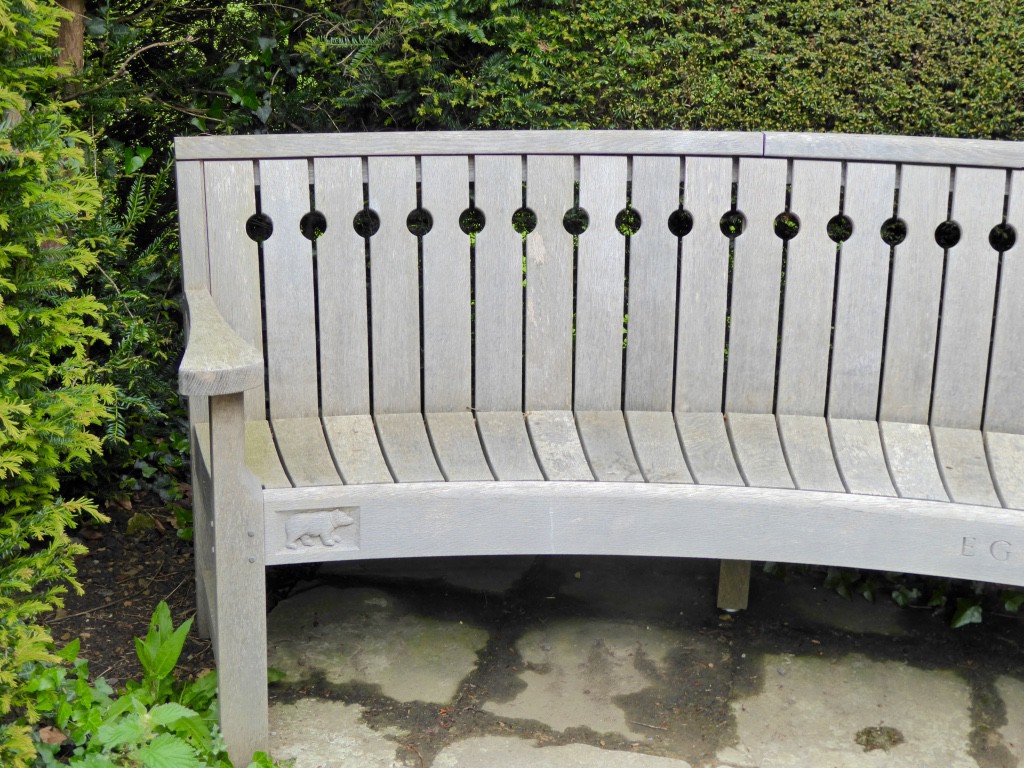
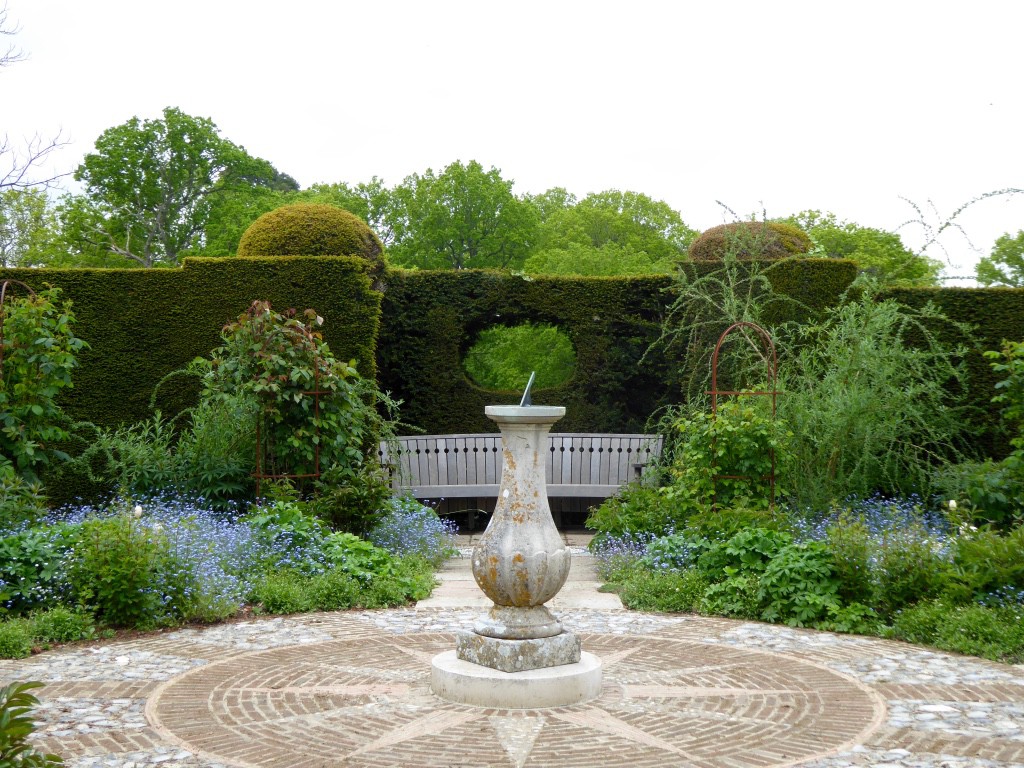
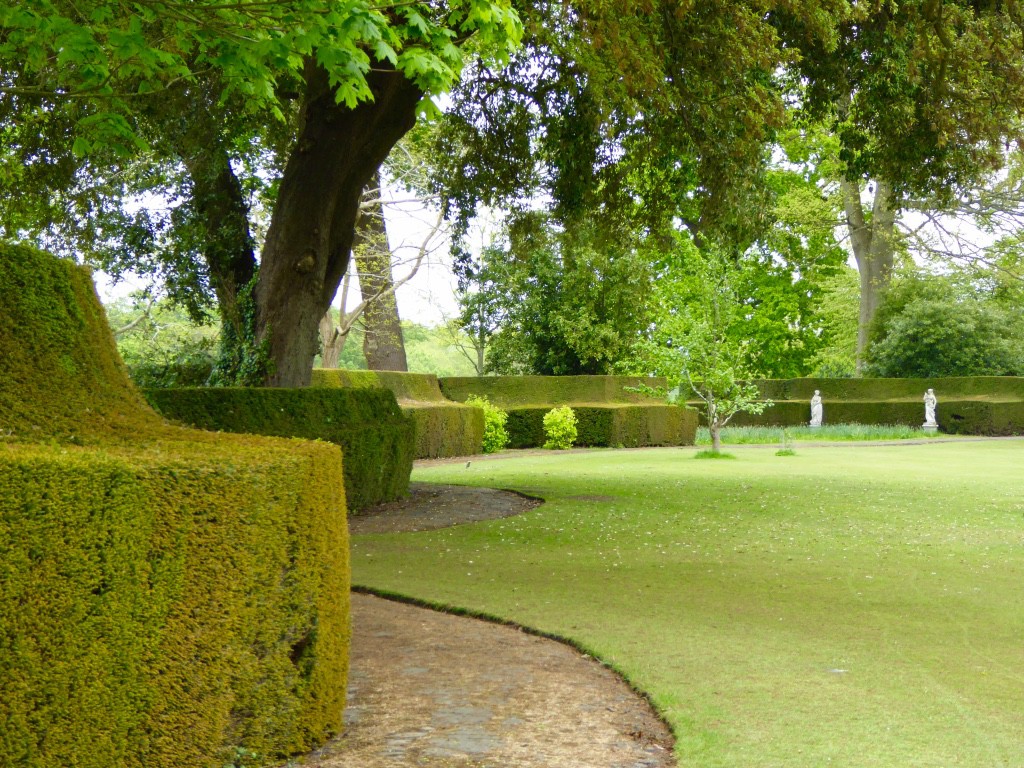
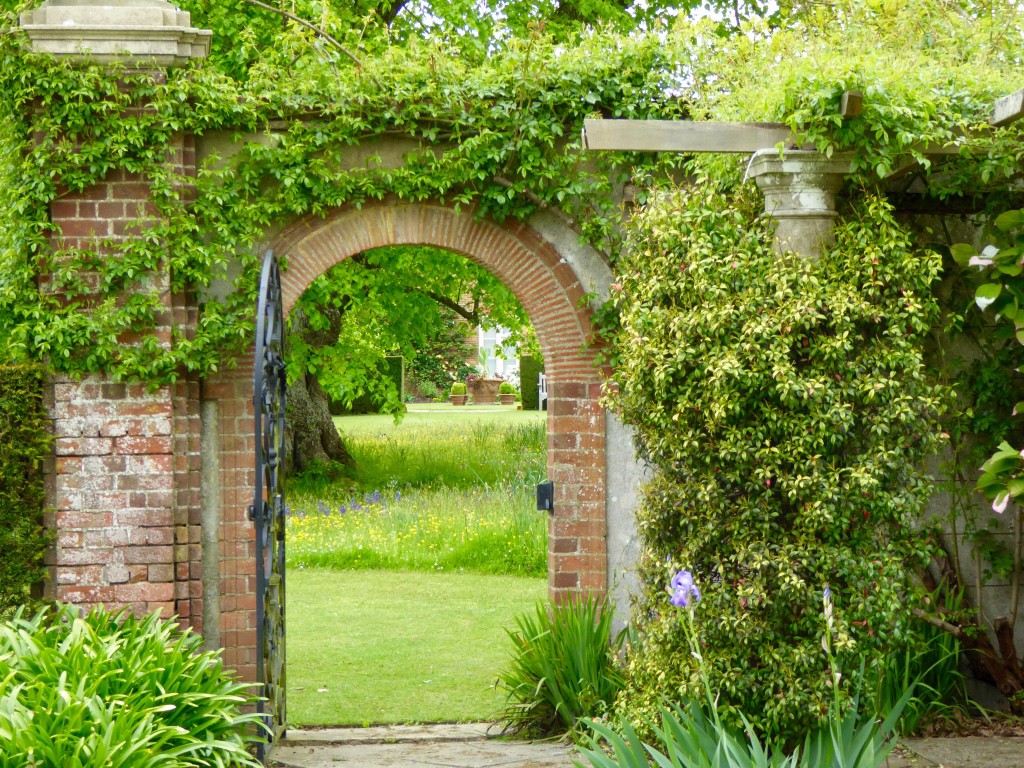
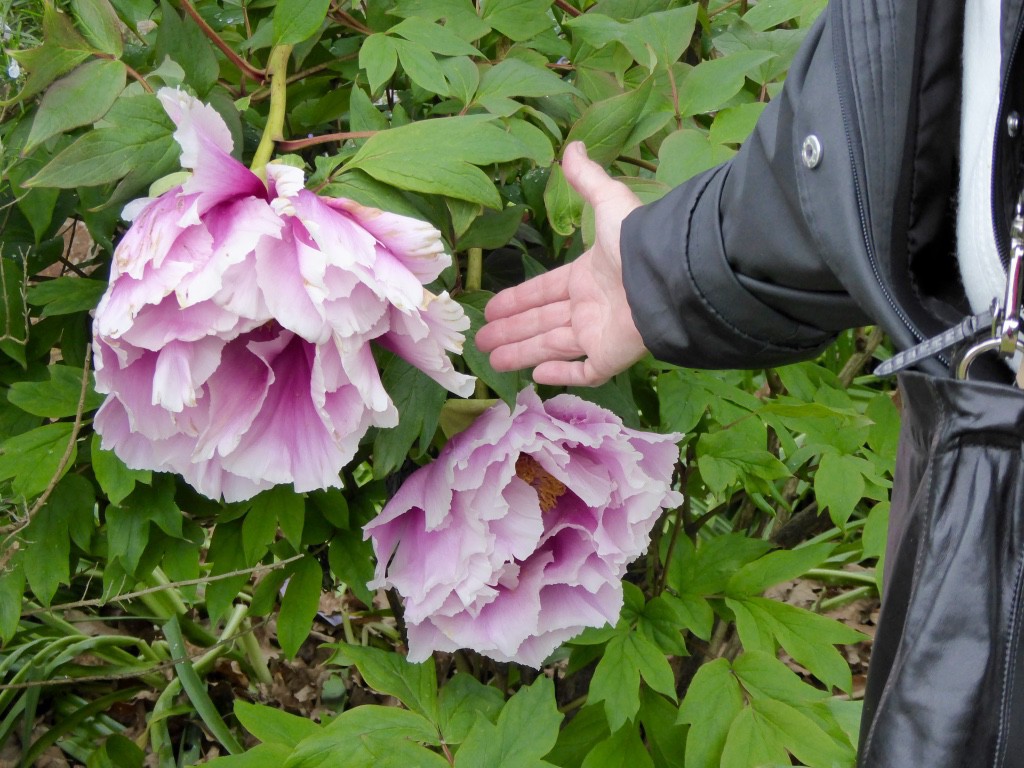
The vista in front of the house is particularly striking looking out over a lily pond within the garden, rolling parkland outside the garden and an obelisk framed by hedges in the distance. A brick ha-ha ensures that the view is uninterrupted
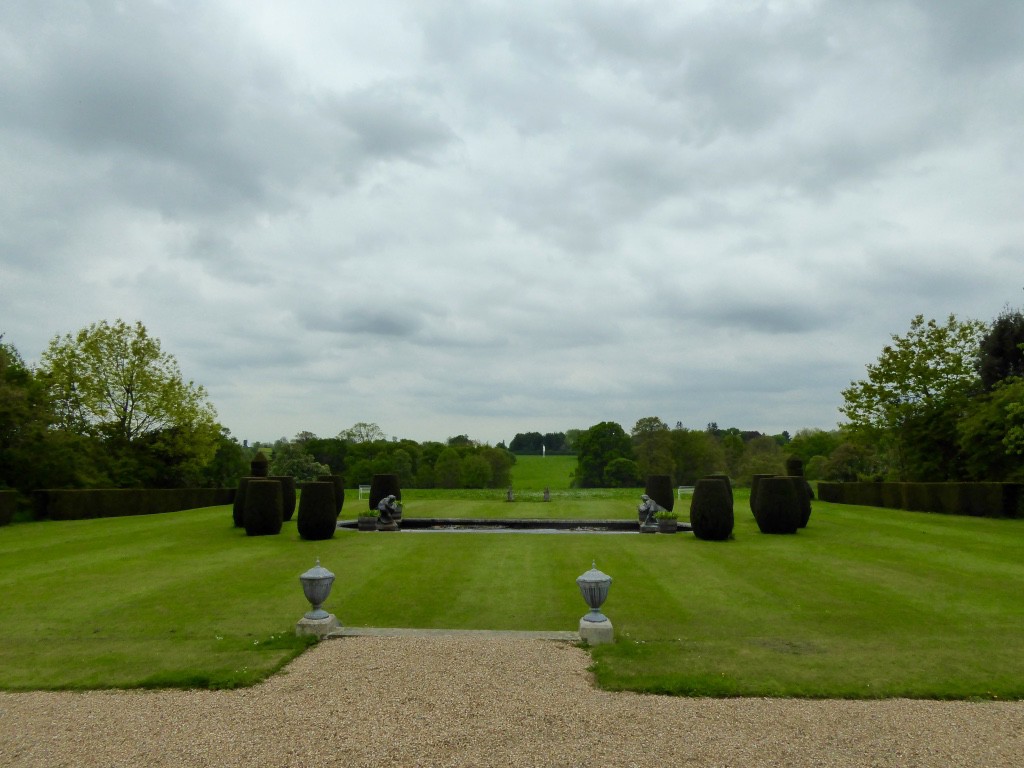
Behind the house you leave the formal area and wander down a gentle slope into quite a different world. The woodland walk takes you through the wildflower meadow into the heart of a dedicated bluebell wood. So spectacular is the display that visitors monitor a ‘bluebell barometer’ and turn up in their thousands when it hits level four.
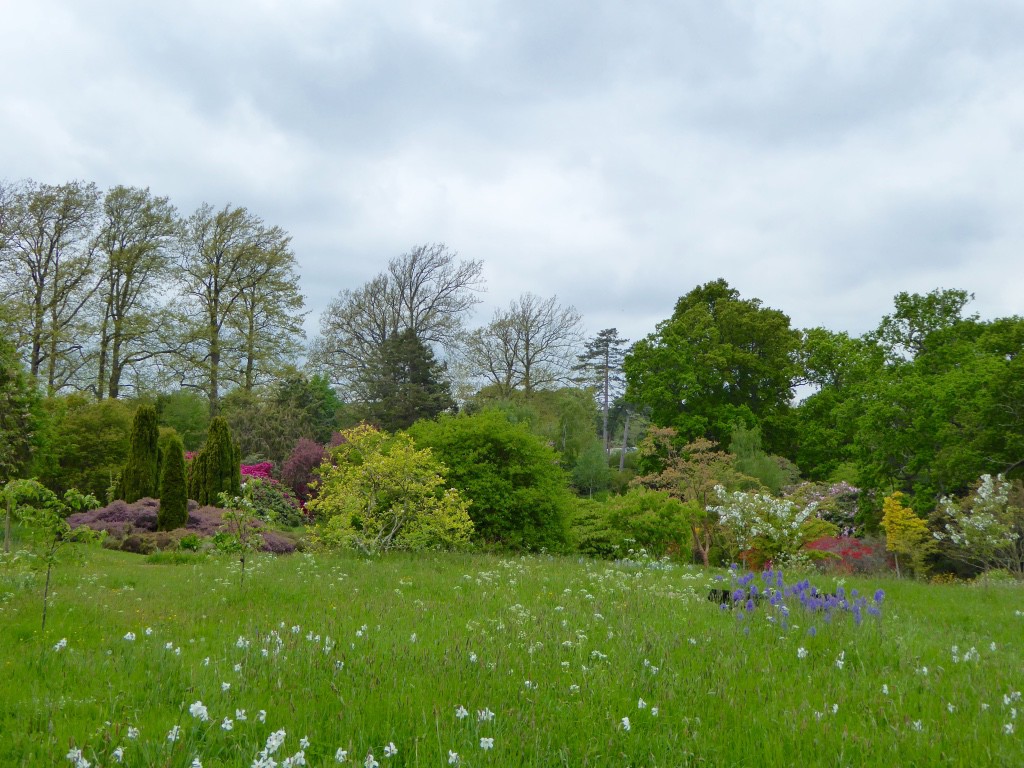
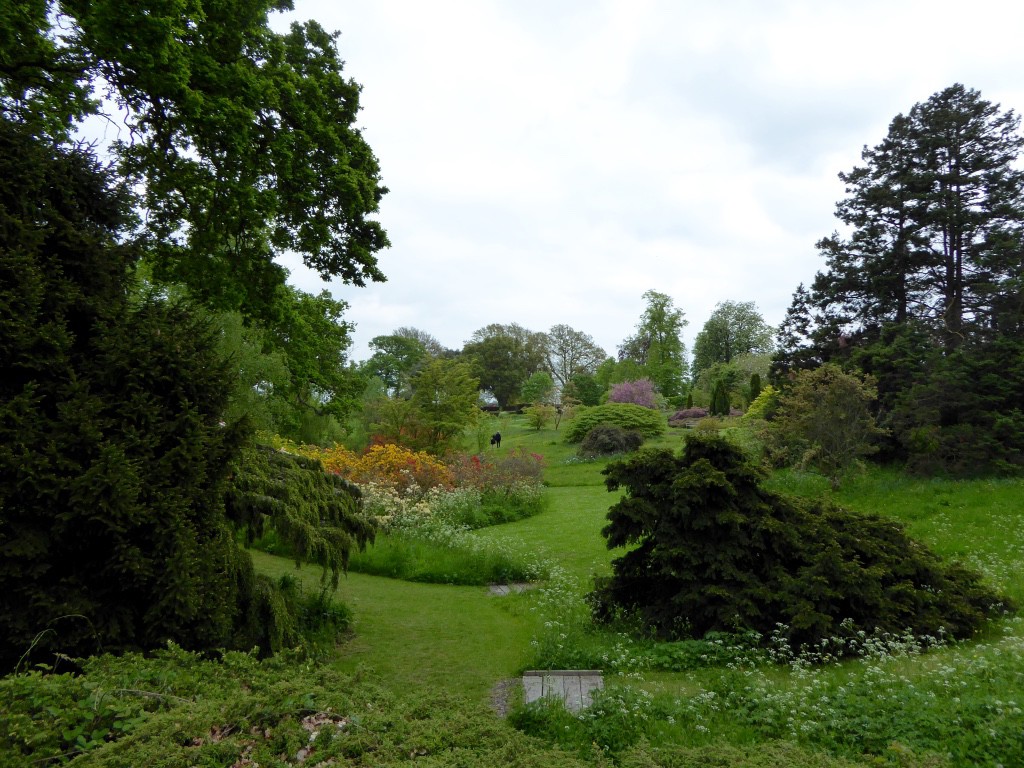
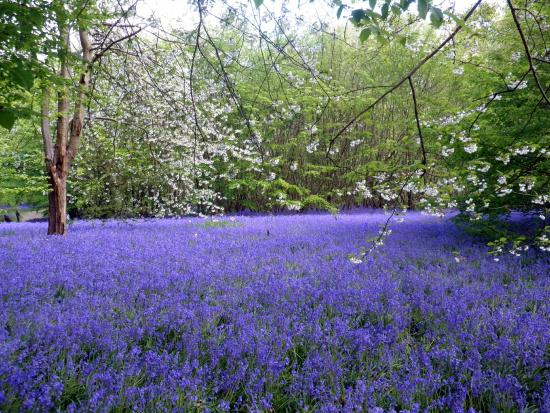
Grass and bark paths wind their way through an area planted with many rare and unique trees as well as rhododendrons, azaleas and magnolias. A small stream feeds a densely planted bog garden at the bottom of the valley.
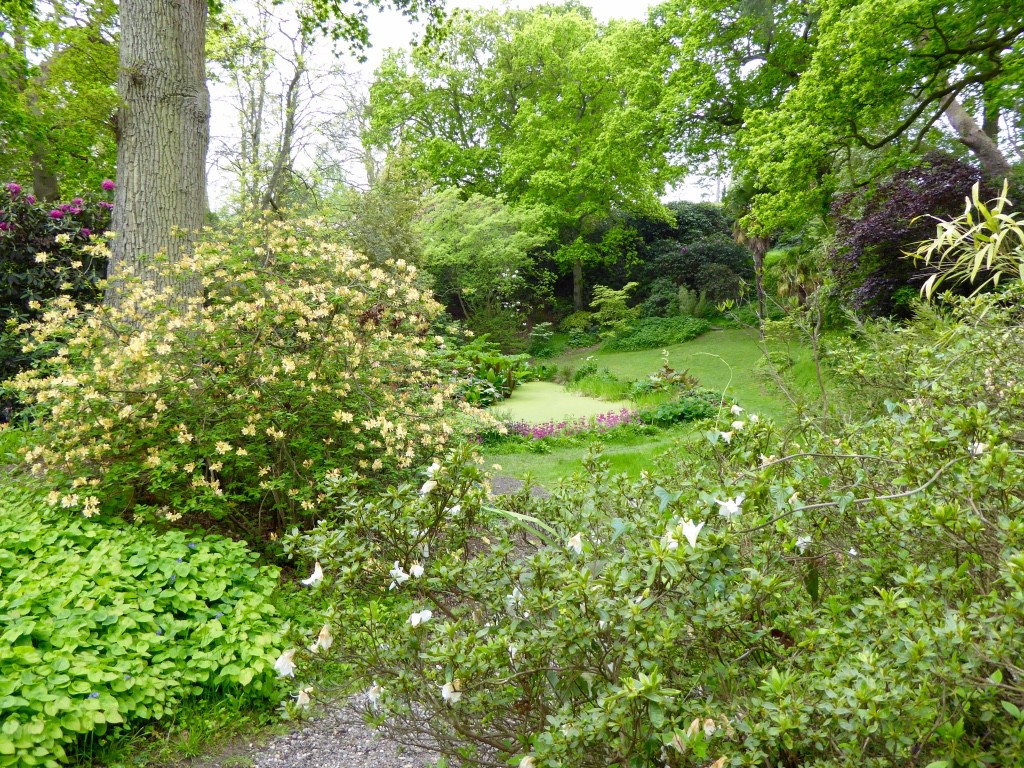
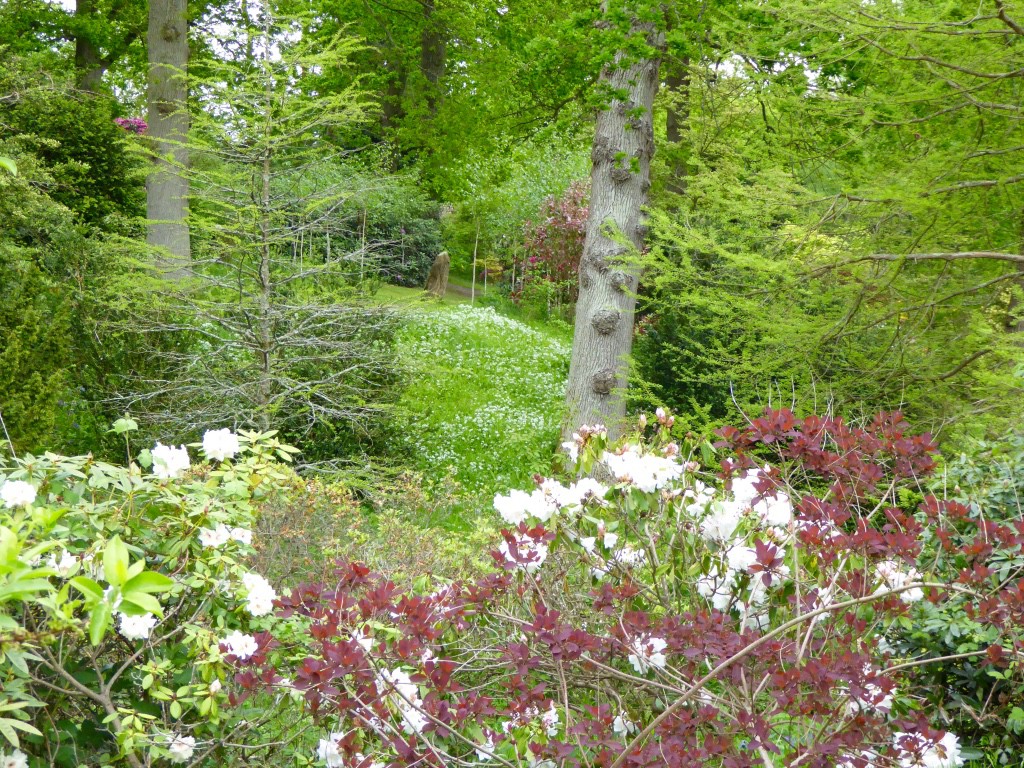
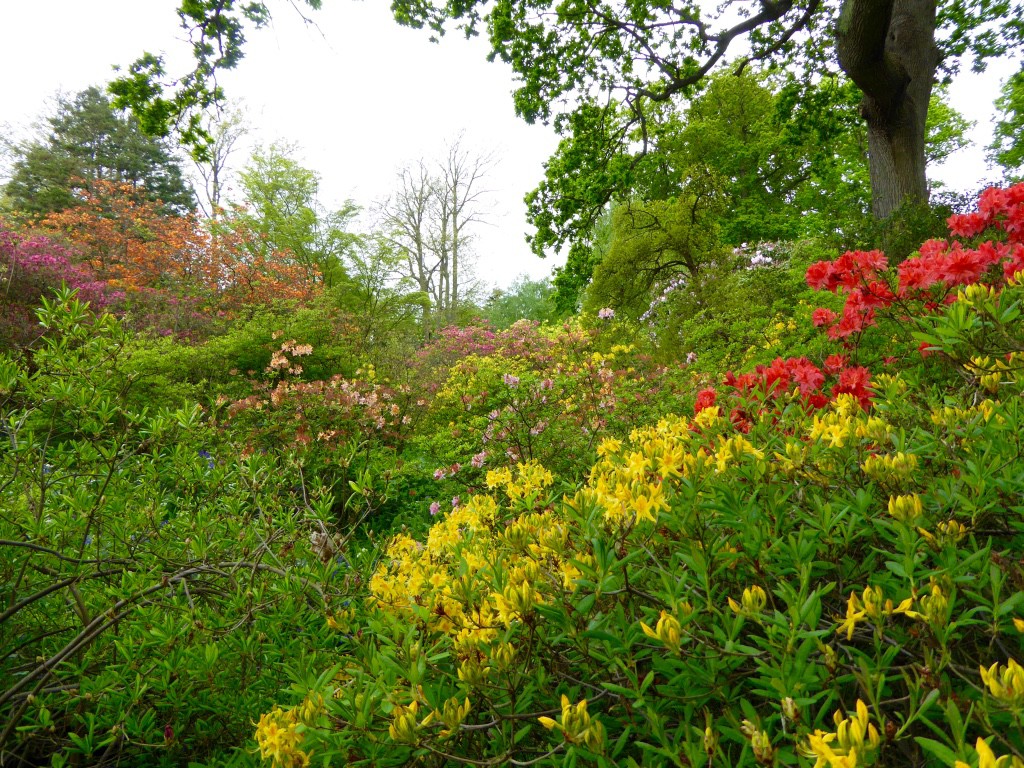
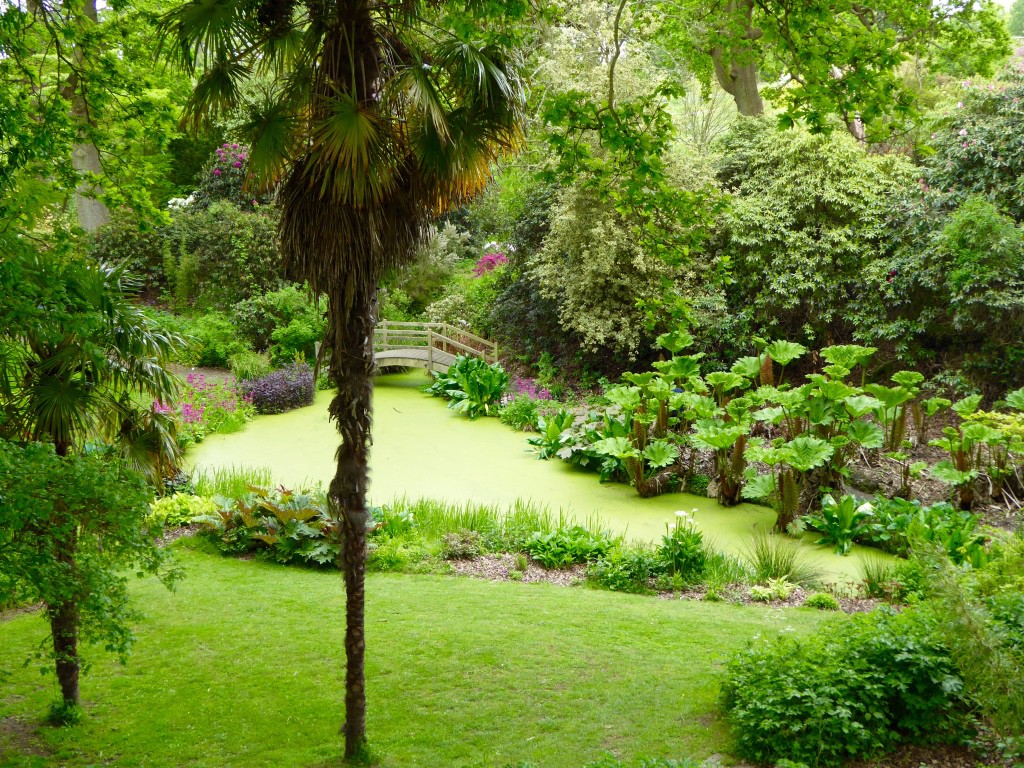
It was with some reluctance that we left the woodland dell and headed up for afternoon tea but hunger was a deciding factor. A wander through the walled garden and the millennium garden and then it was back on the bus and a return to our hotel for drinks and dinner.
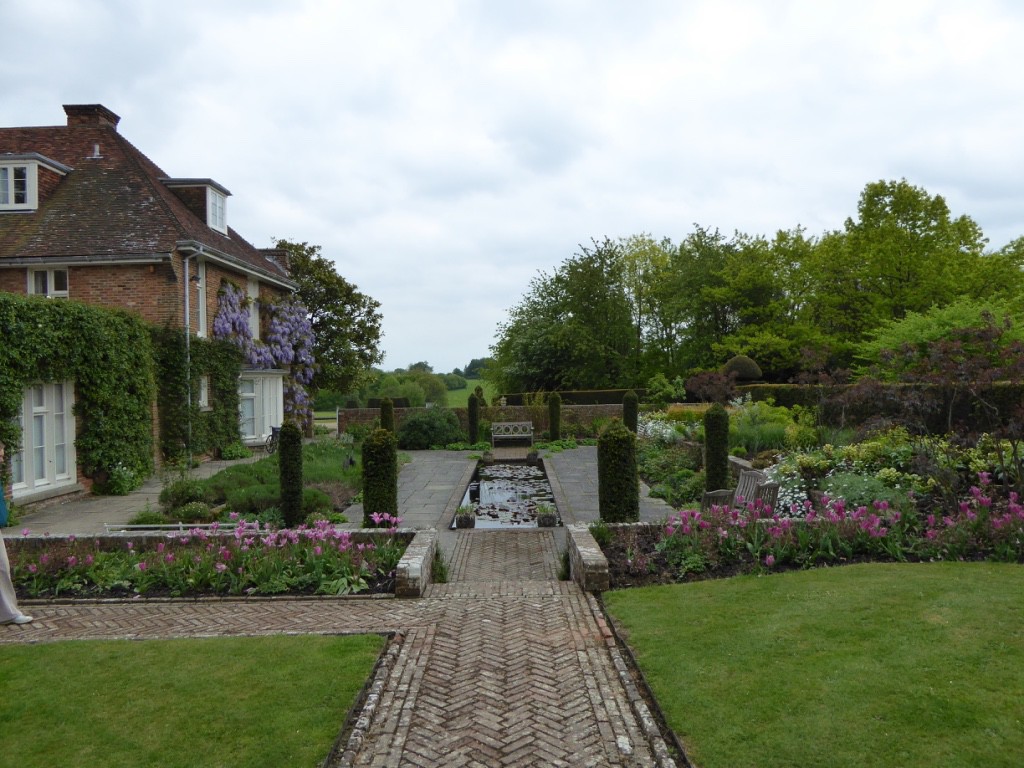
Tomorrow we are off to an undisclosed destination before visiting the Vann Gardens in the afternoon